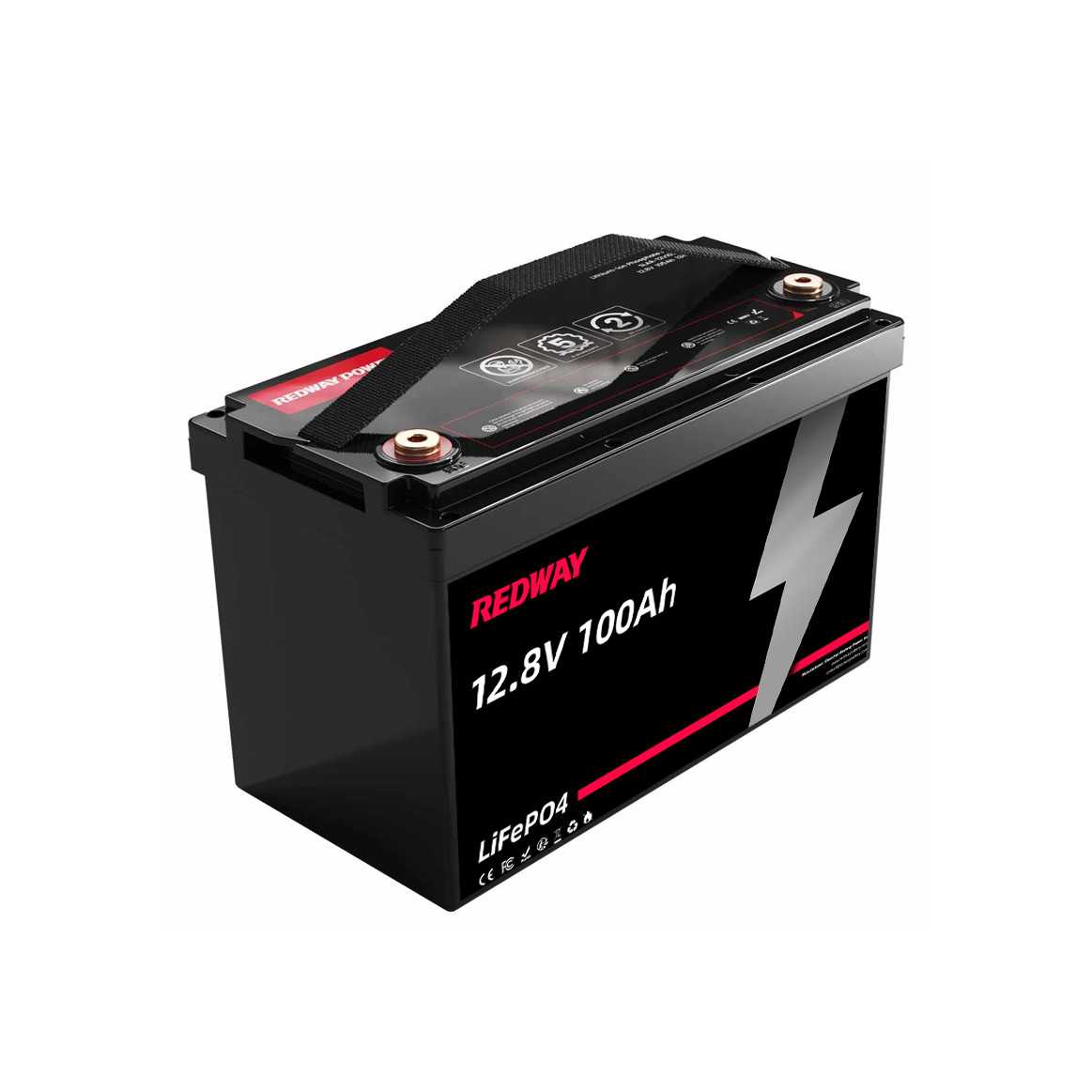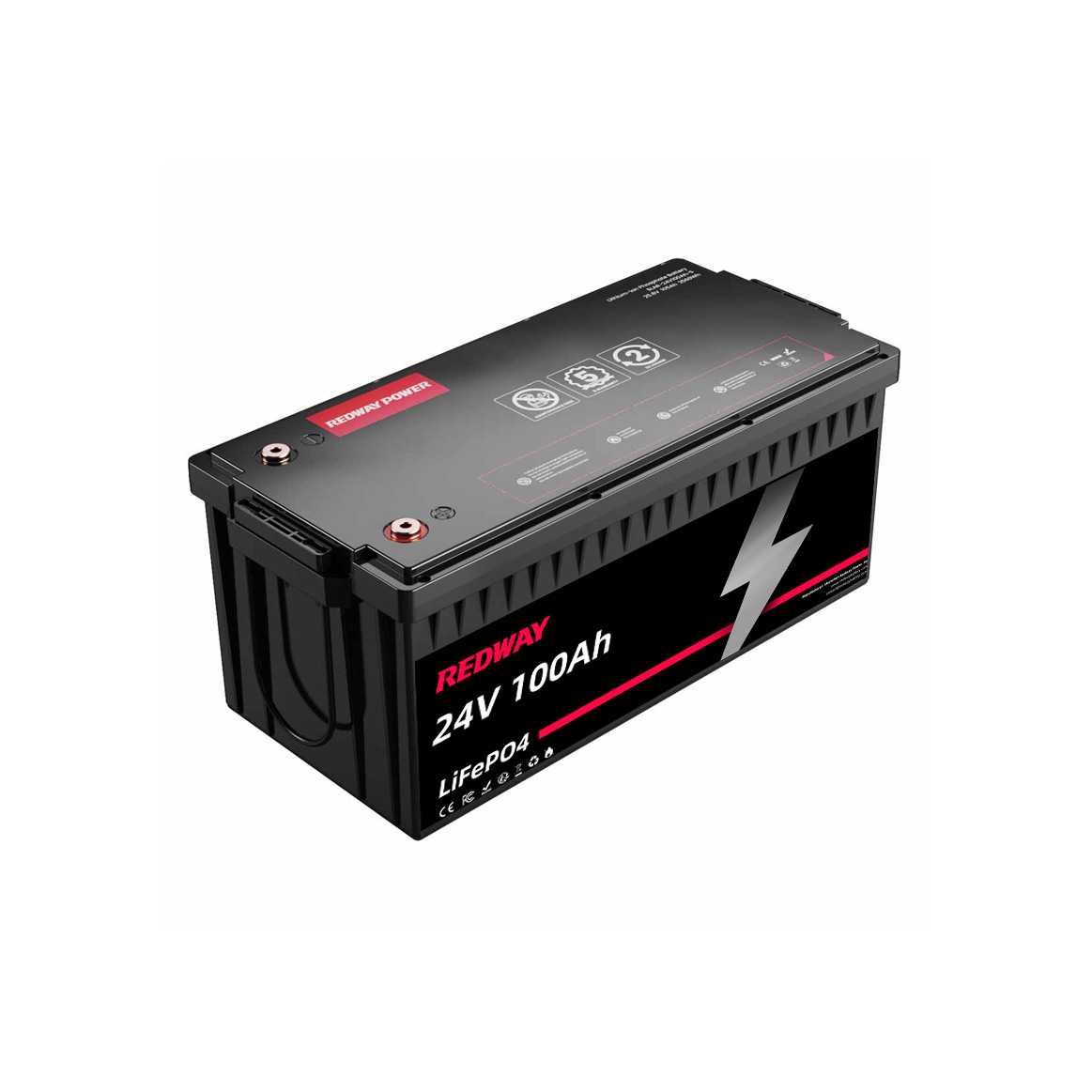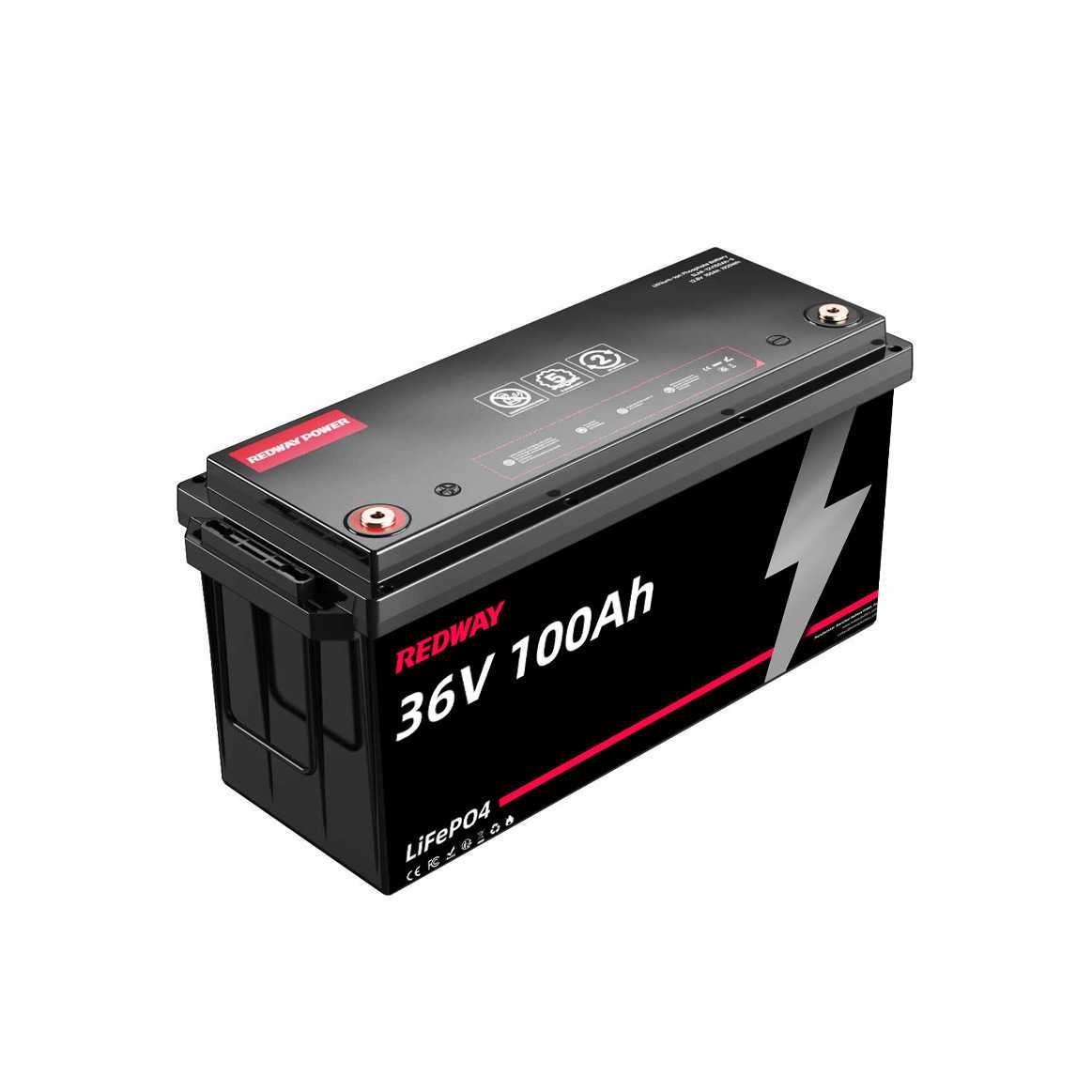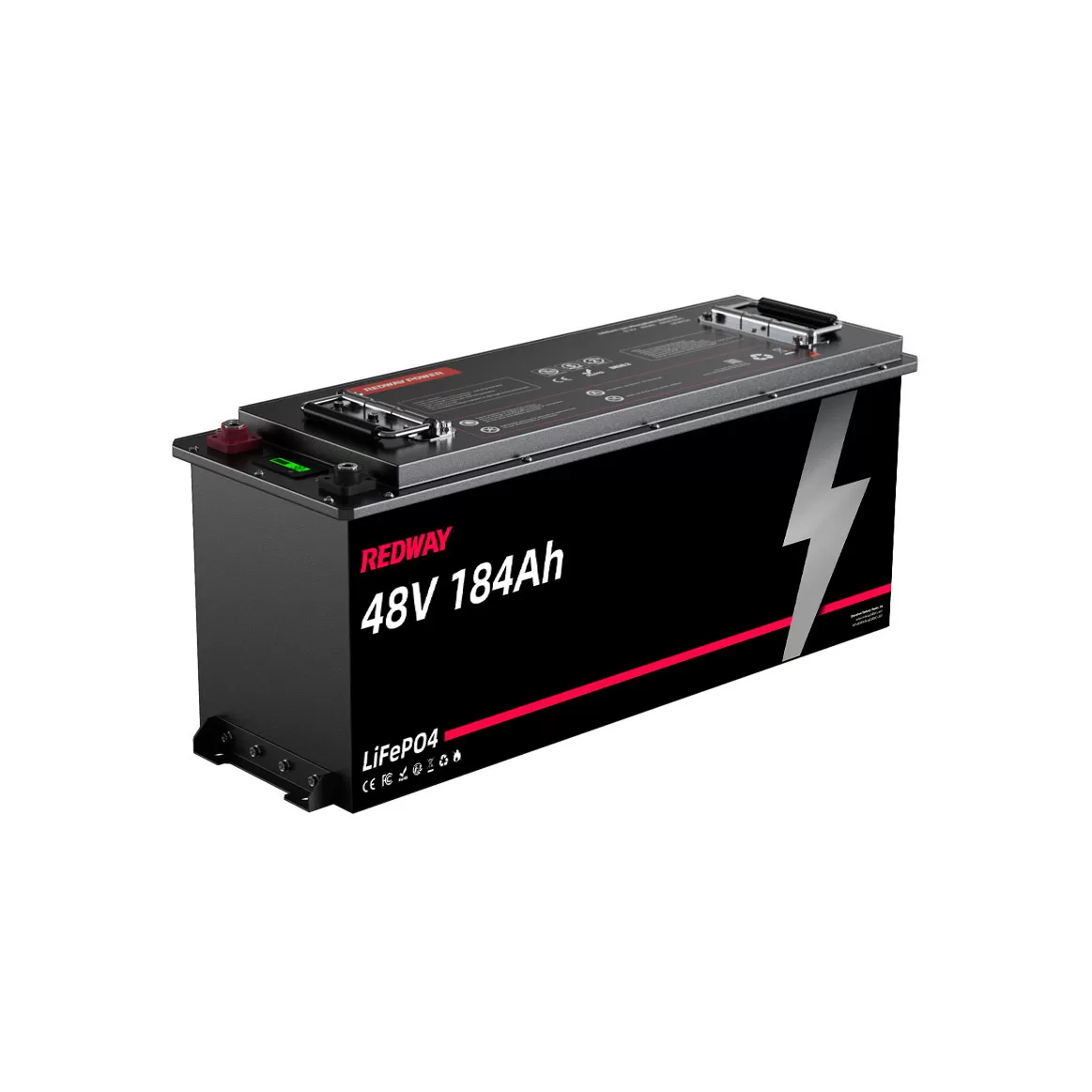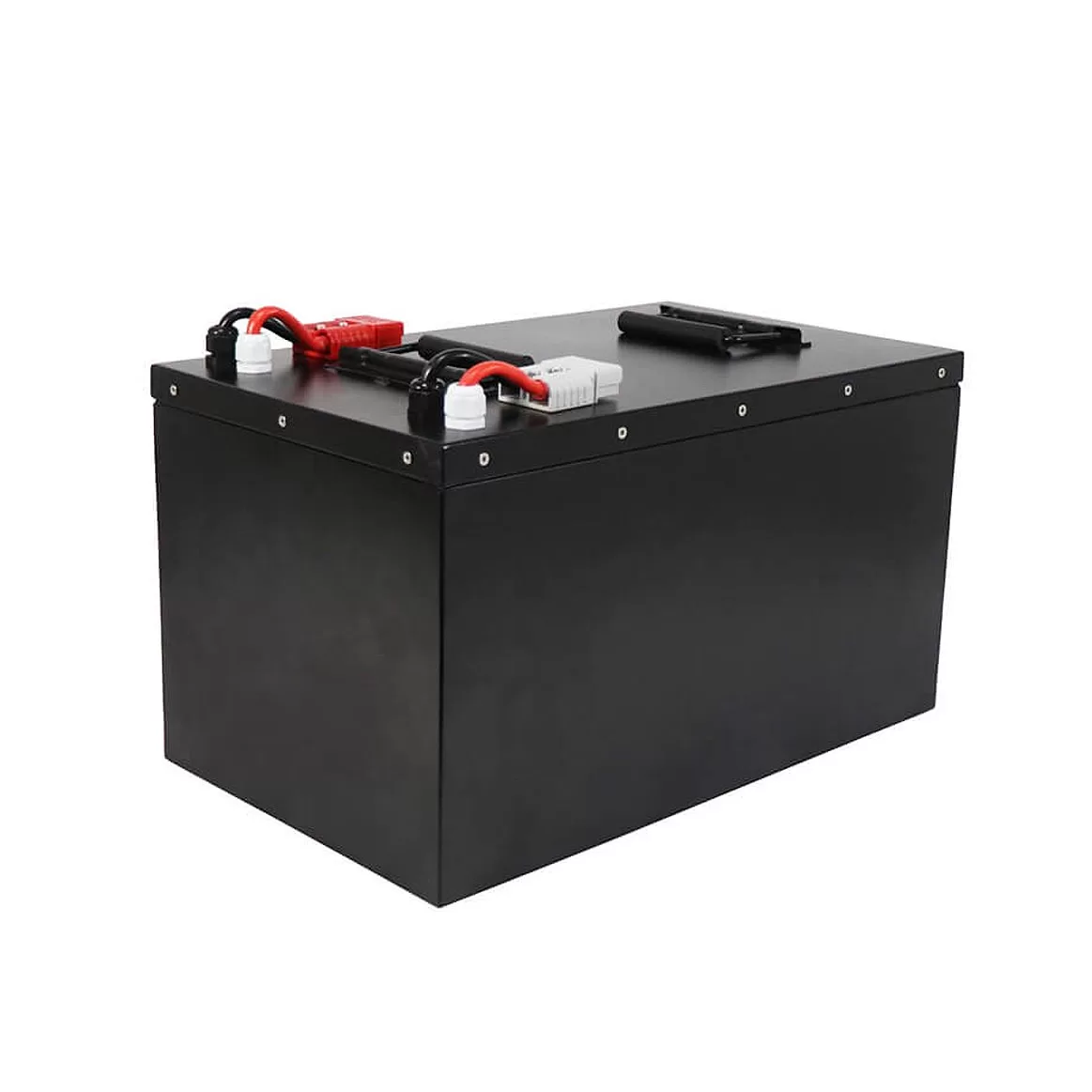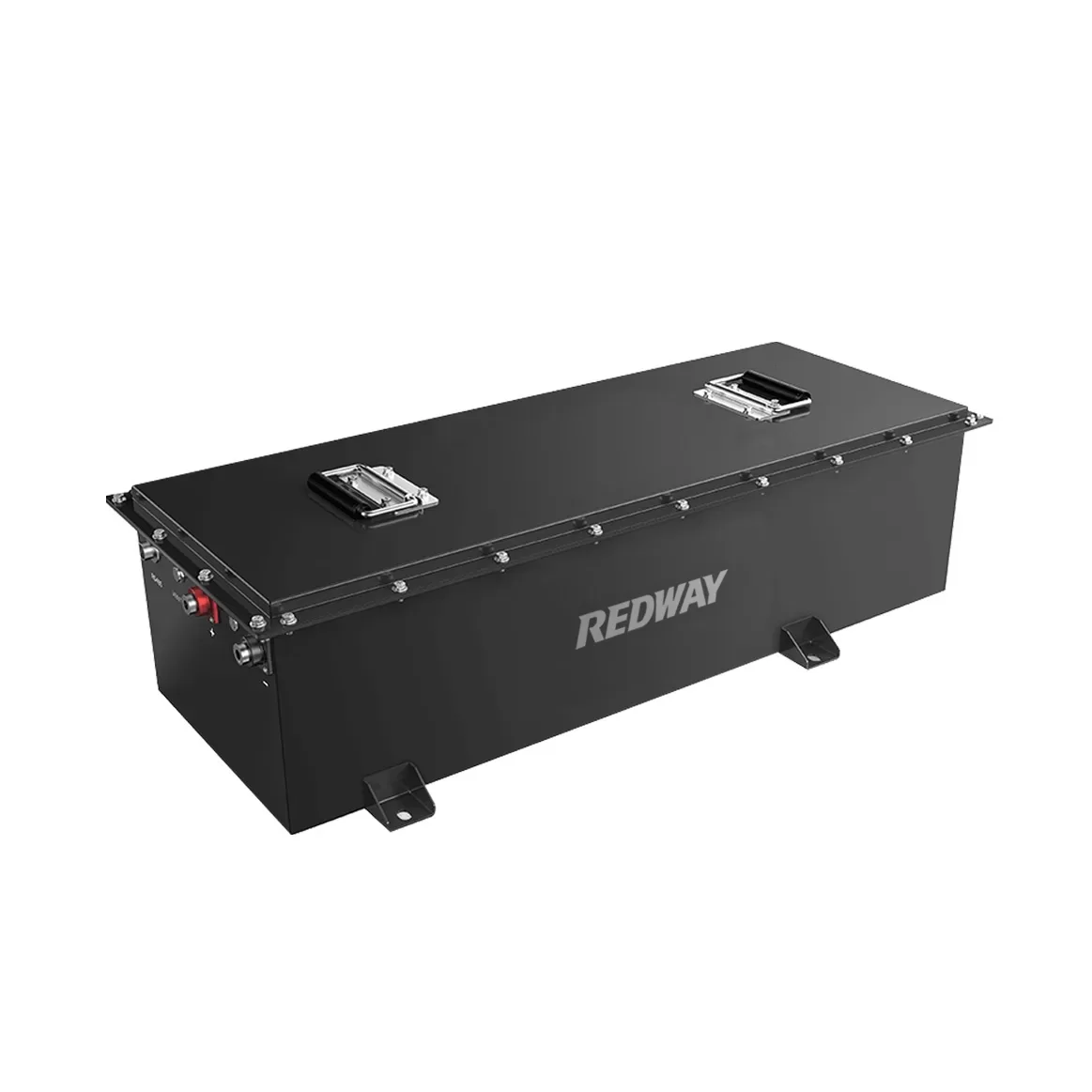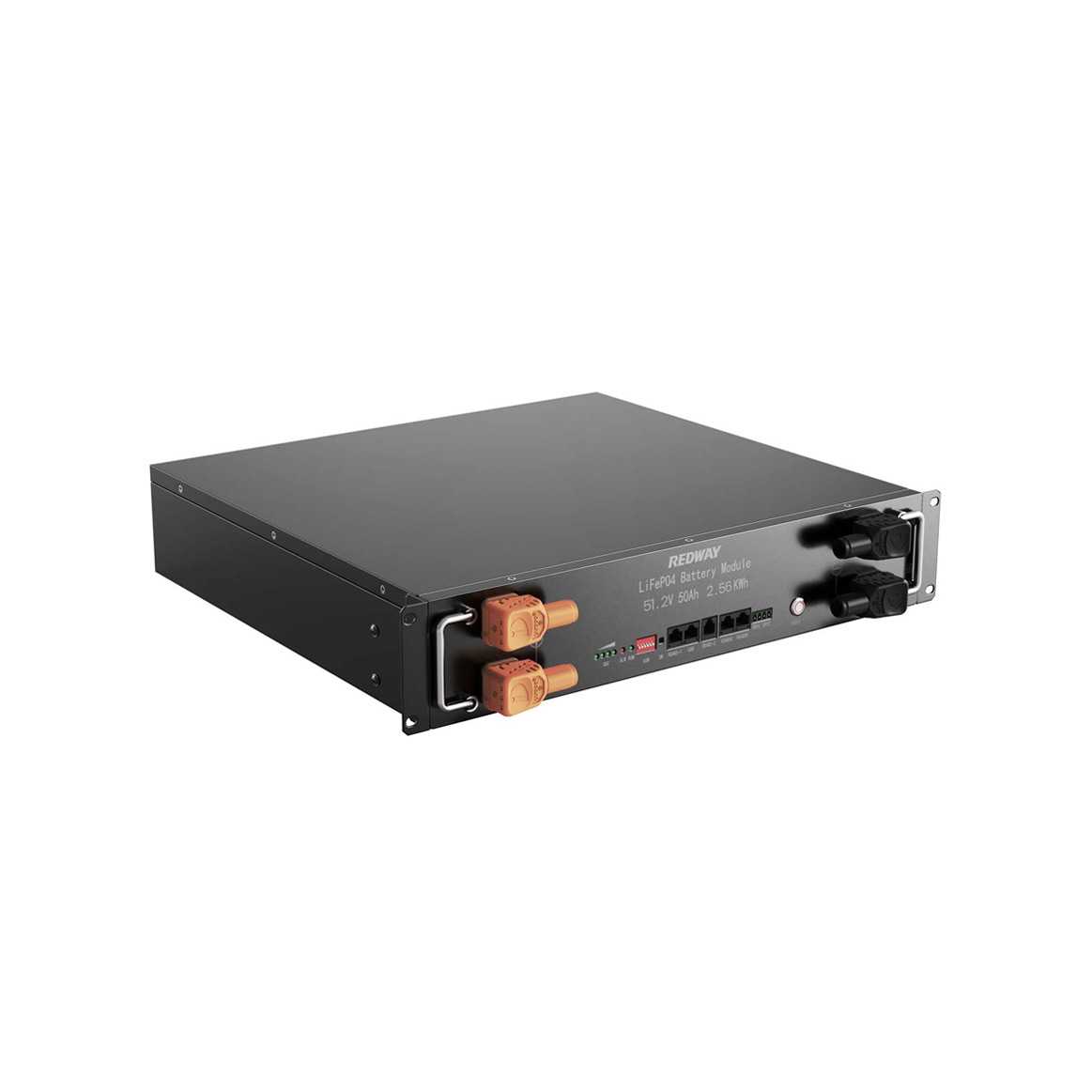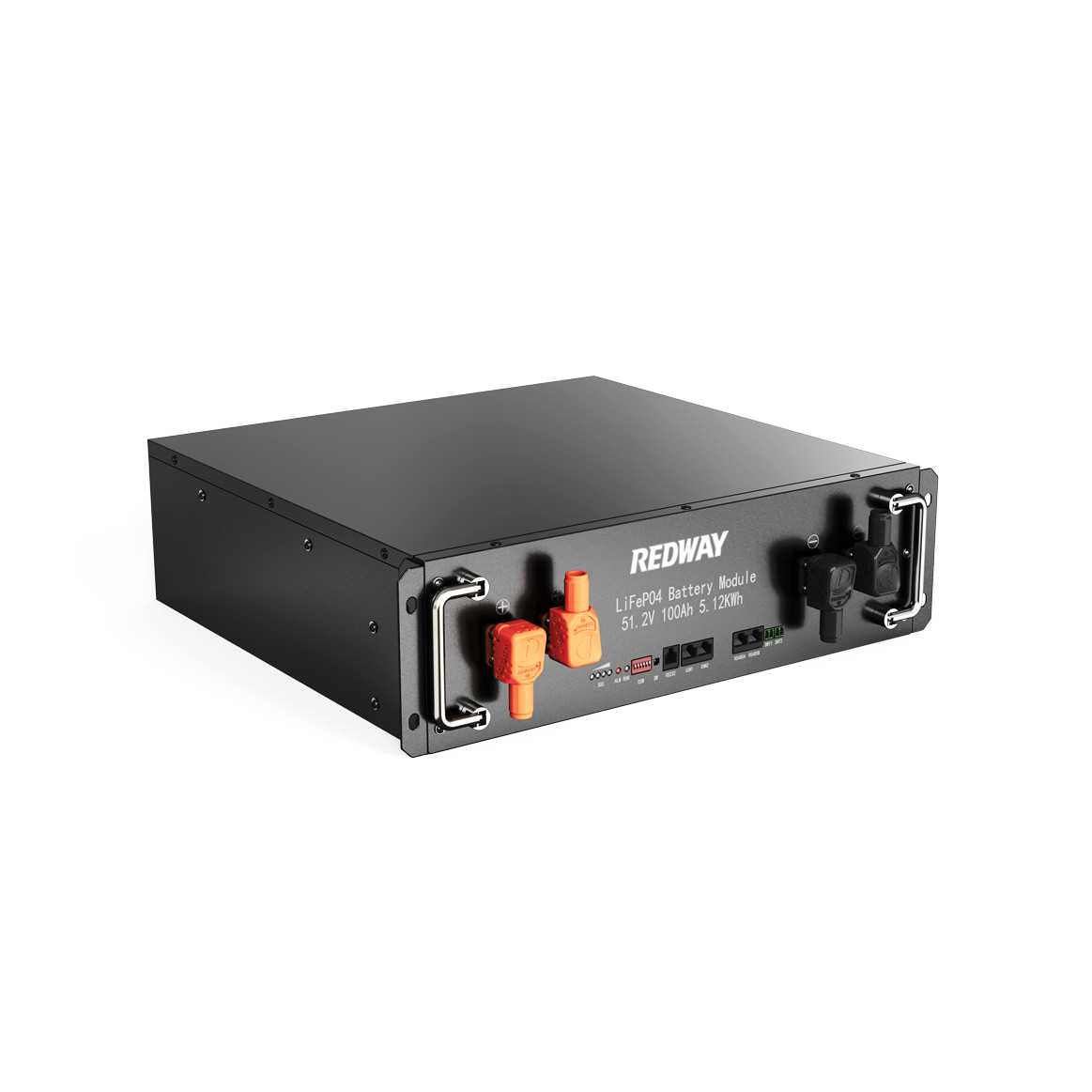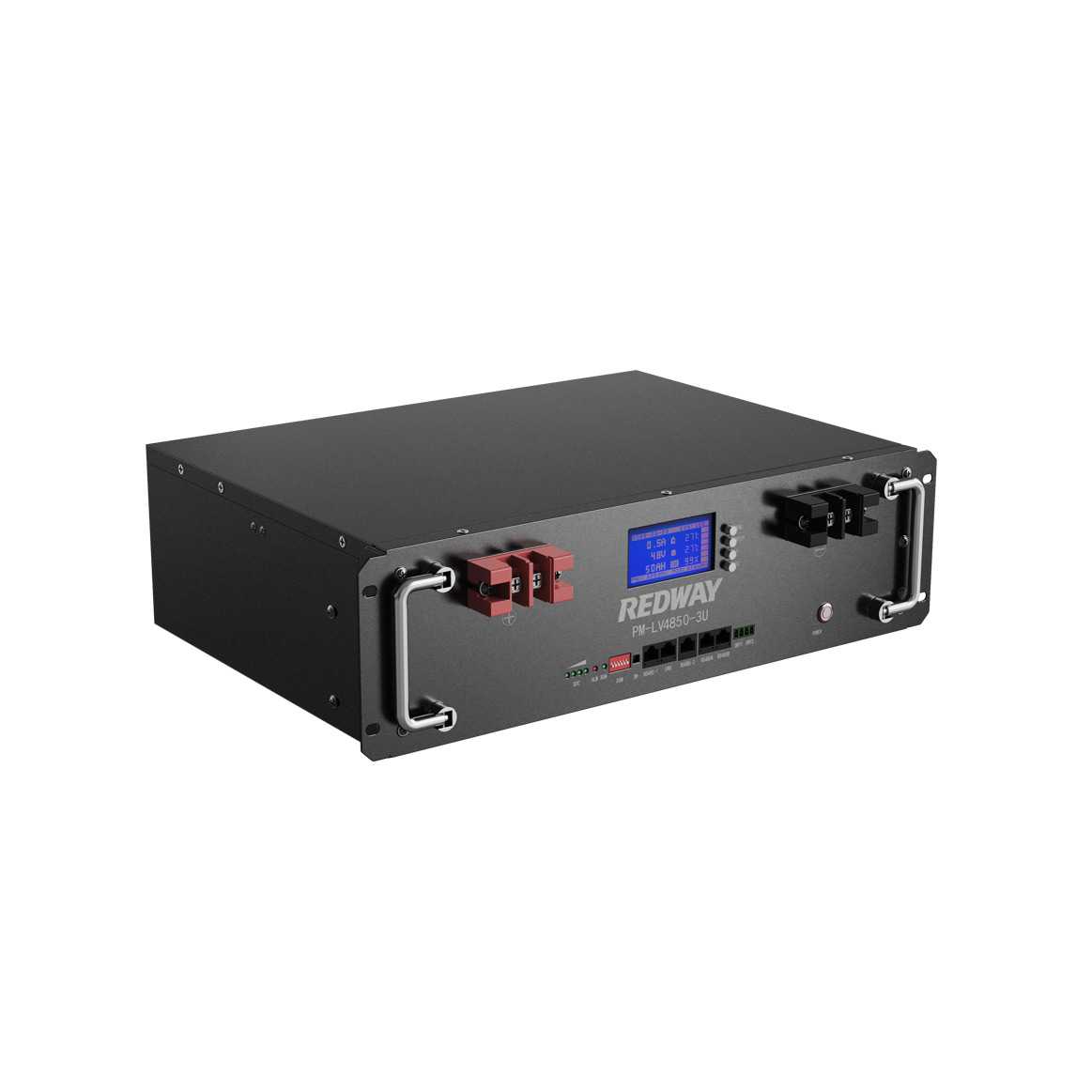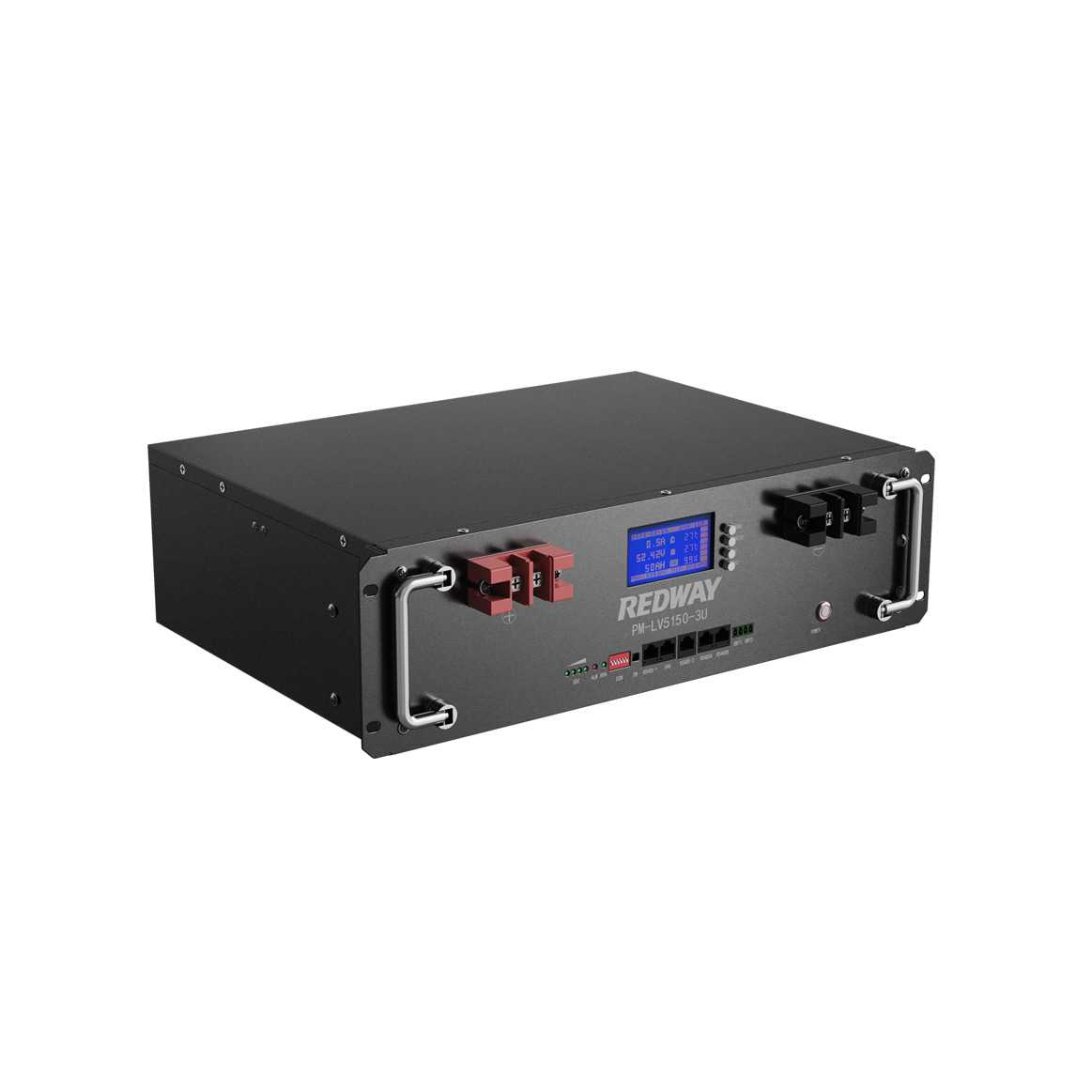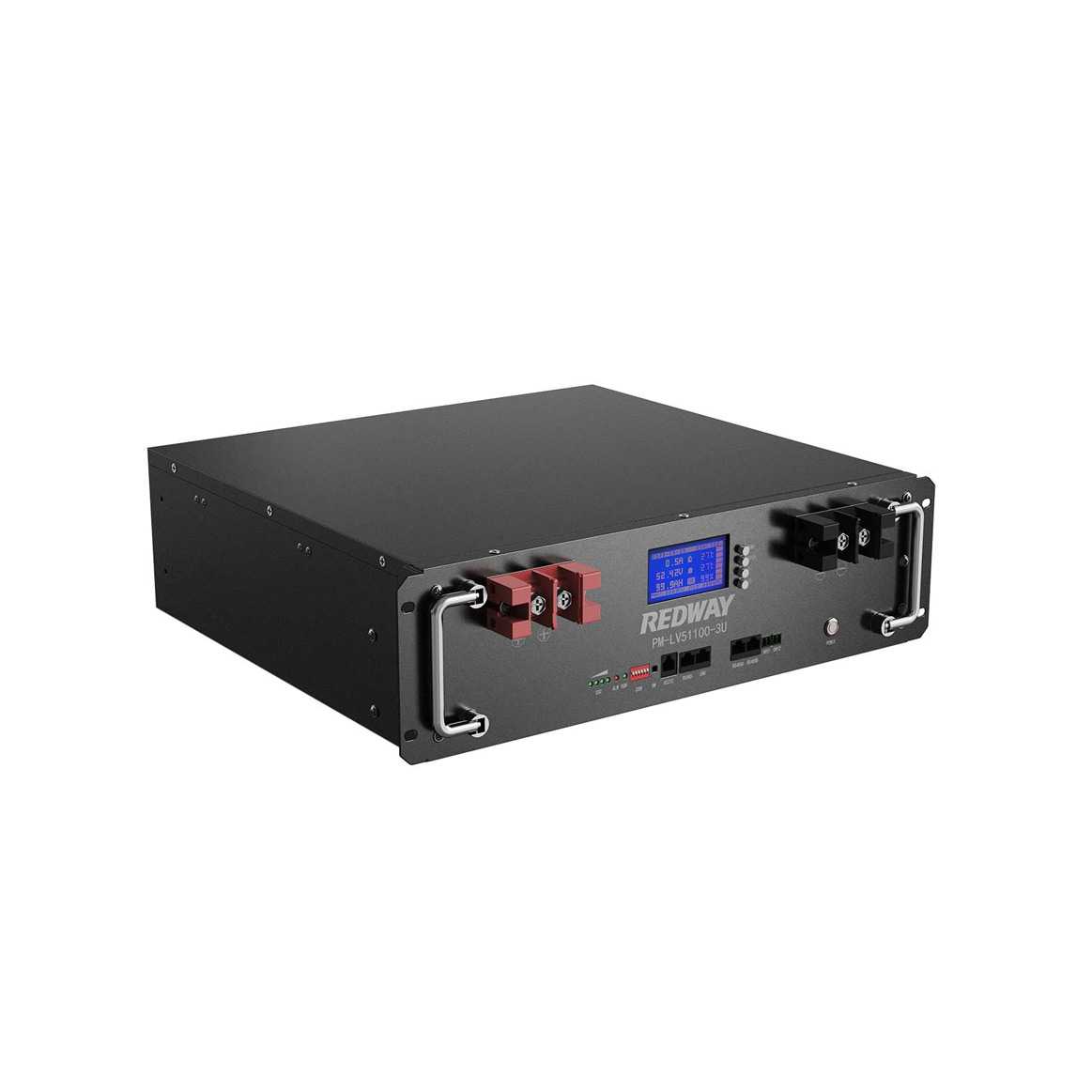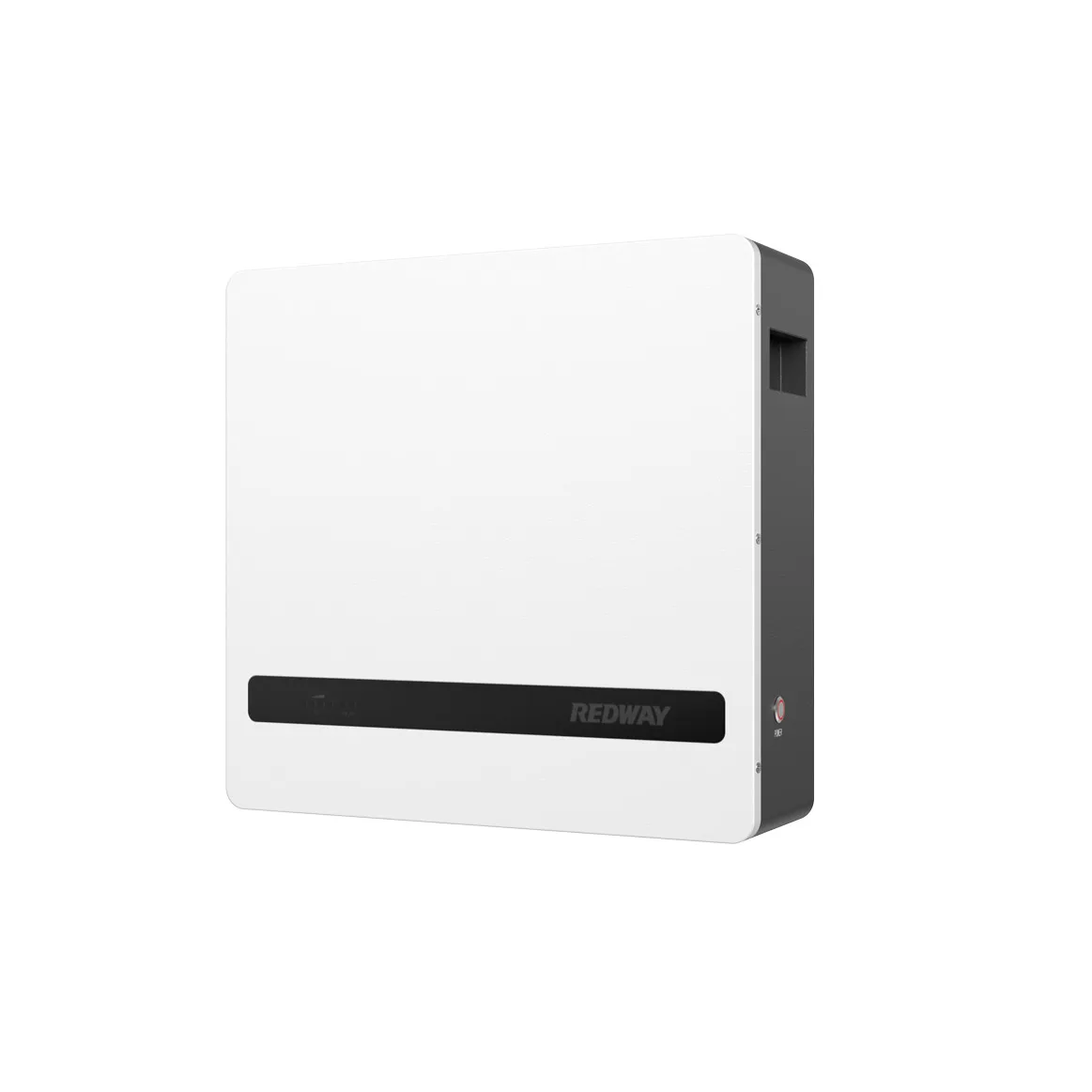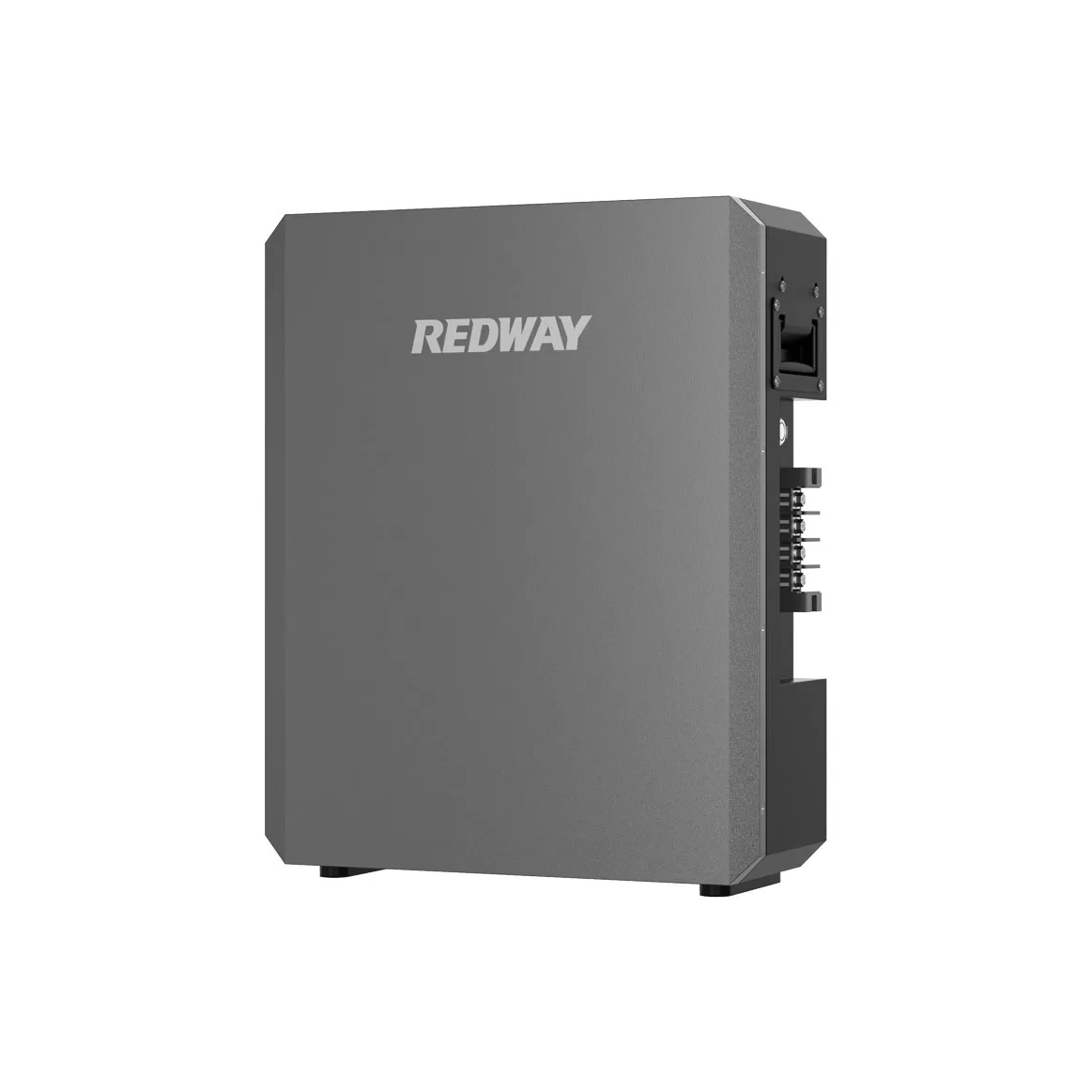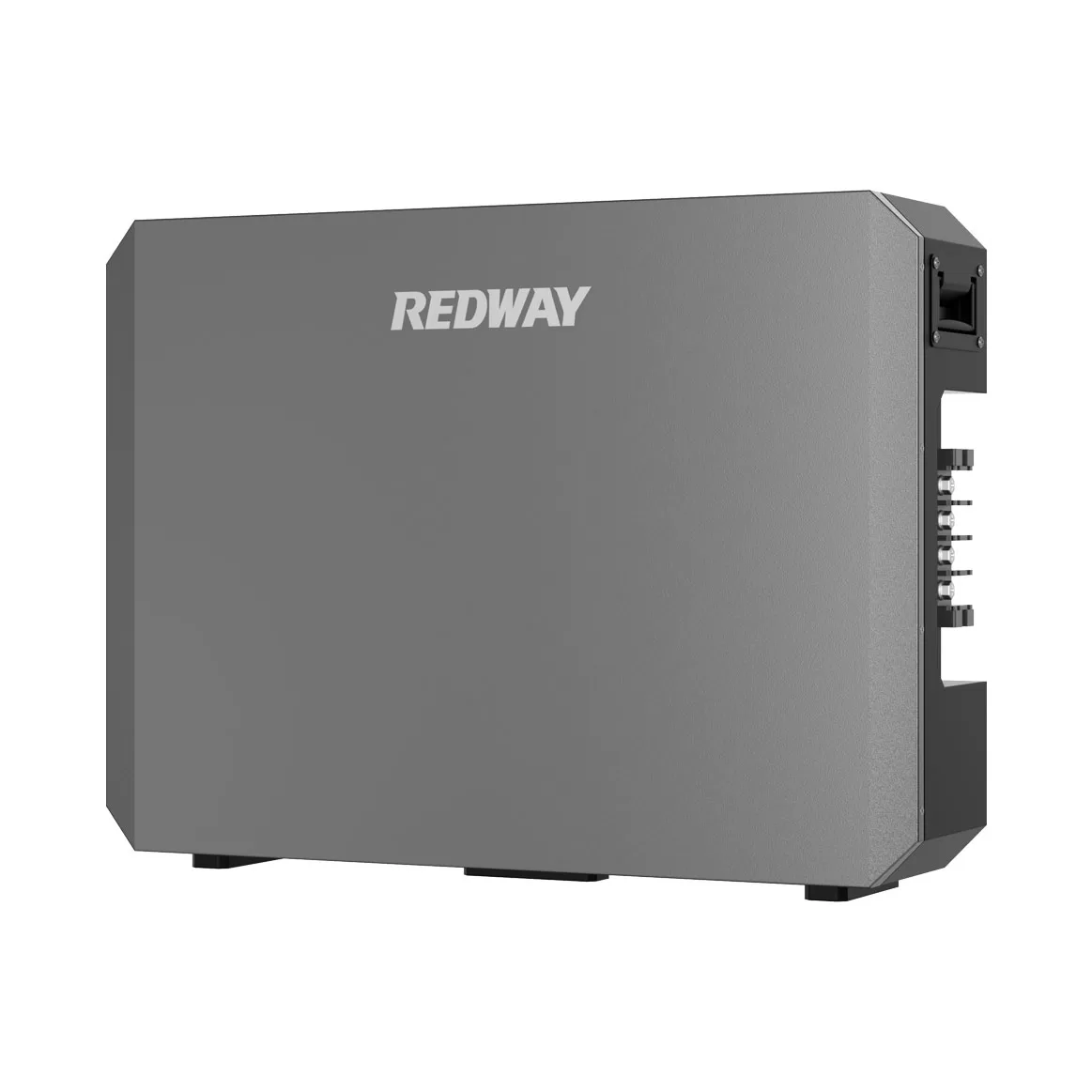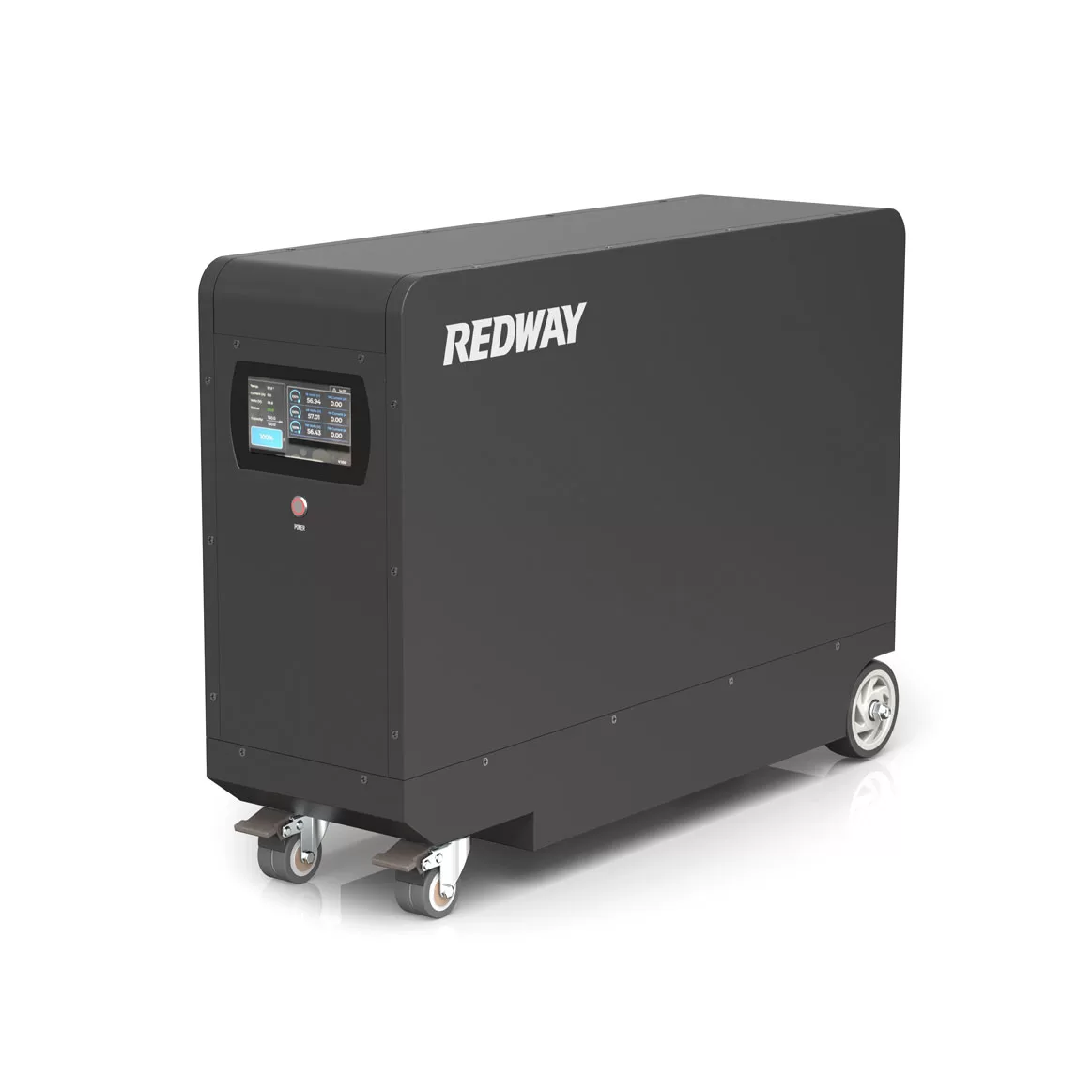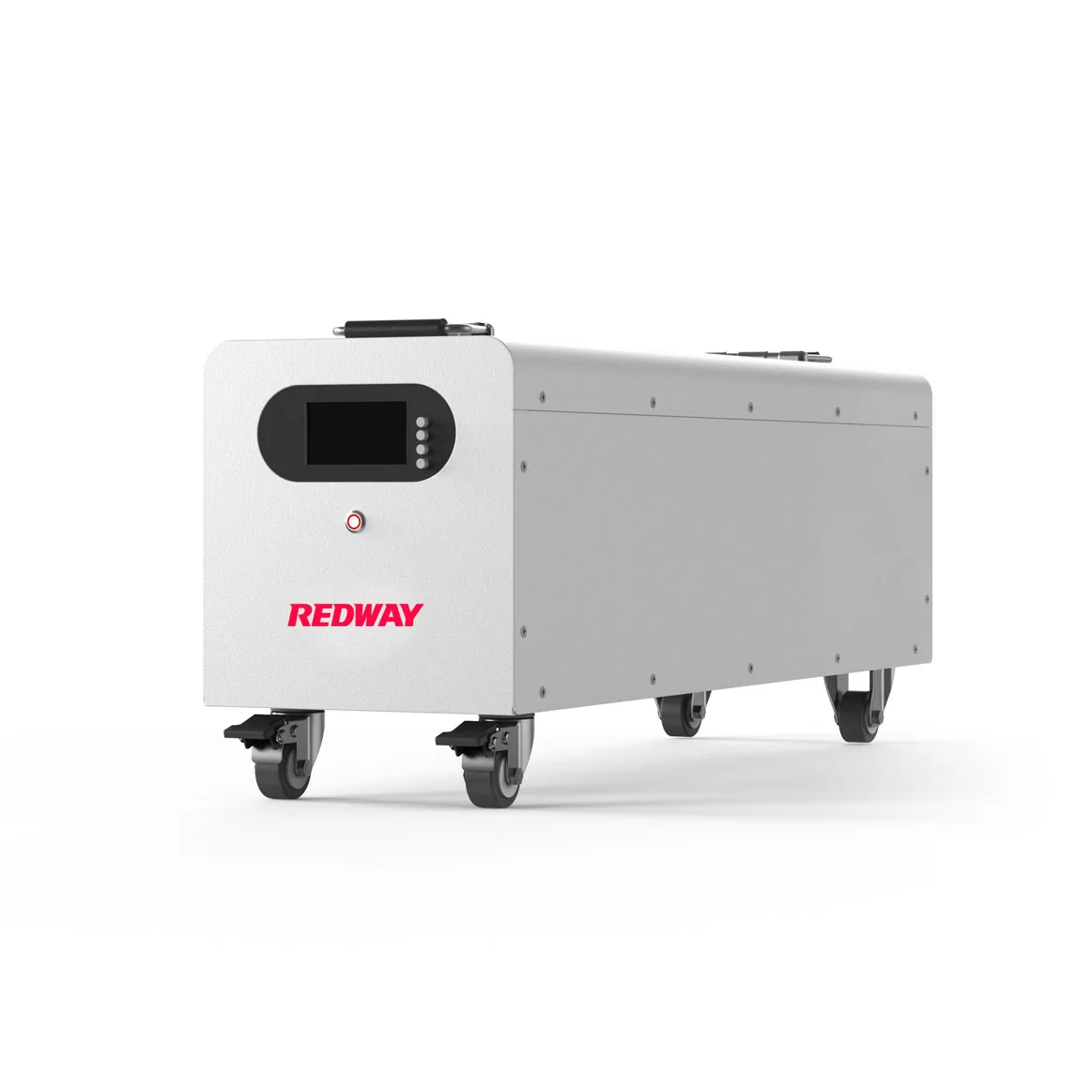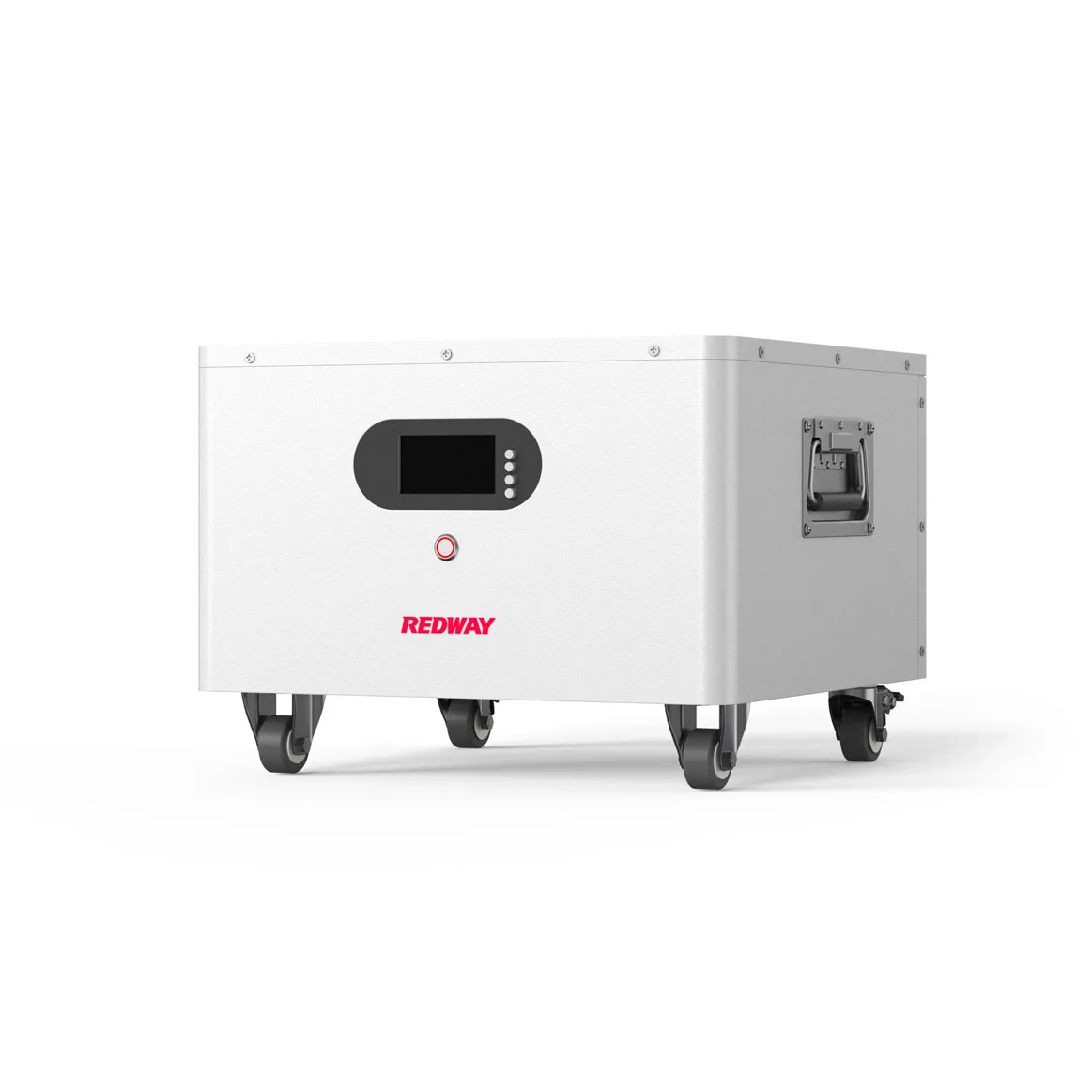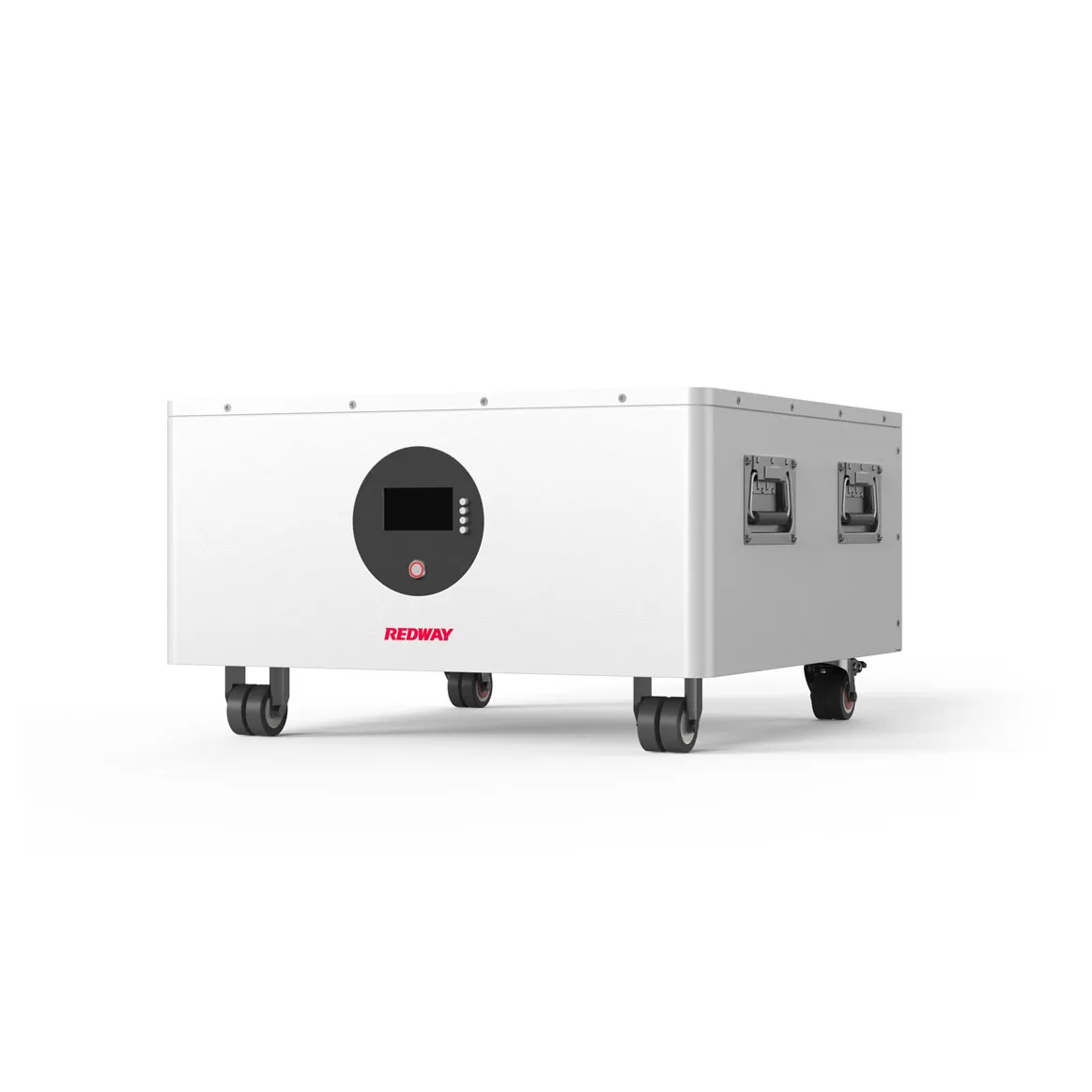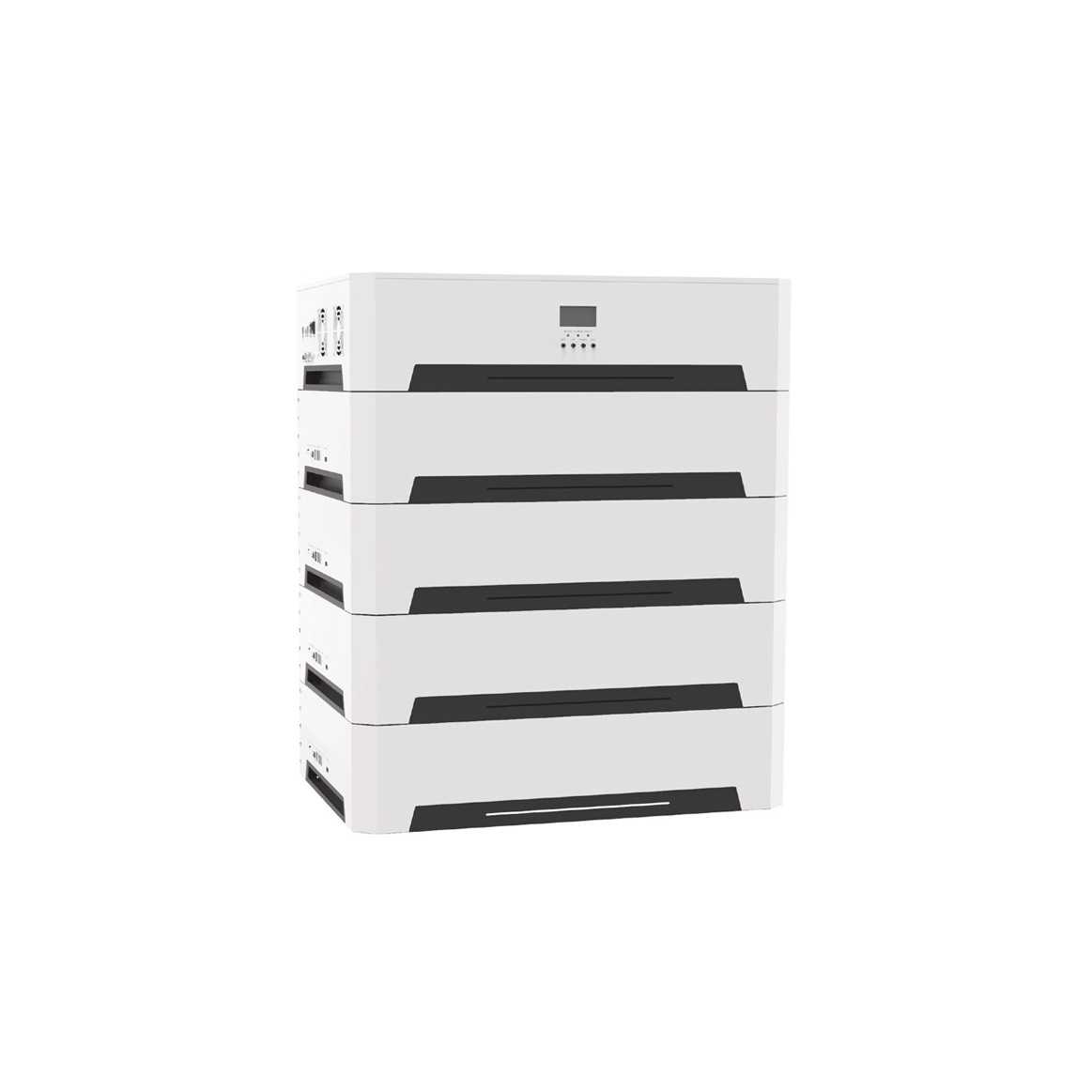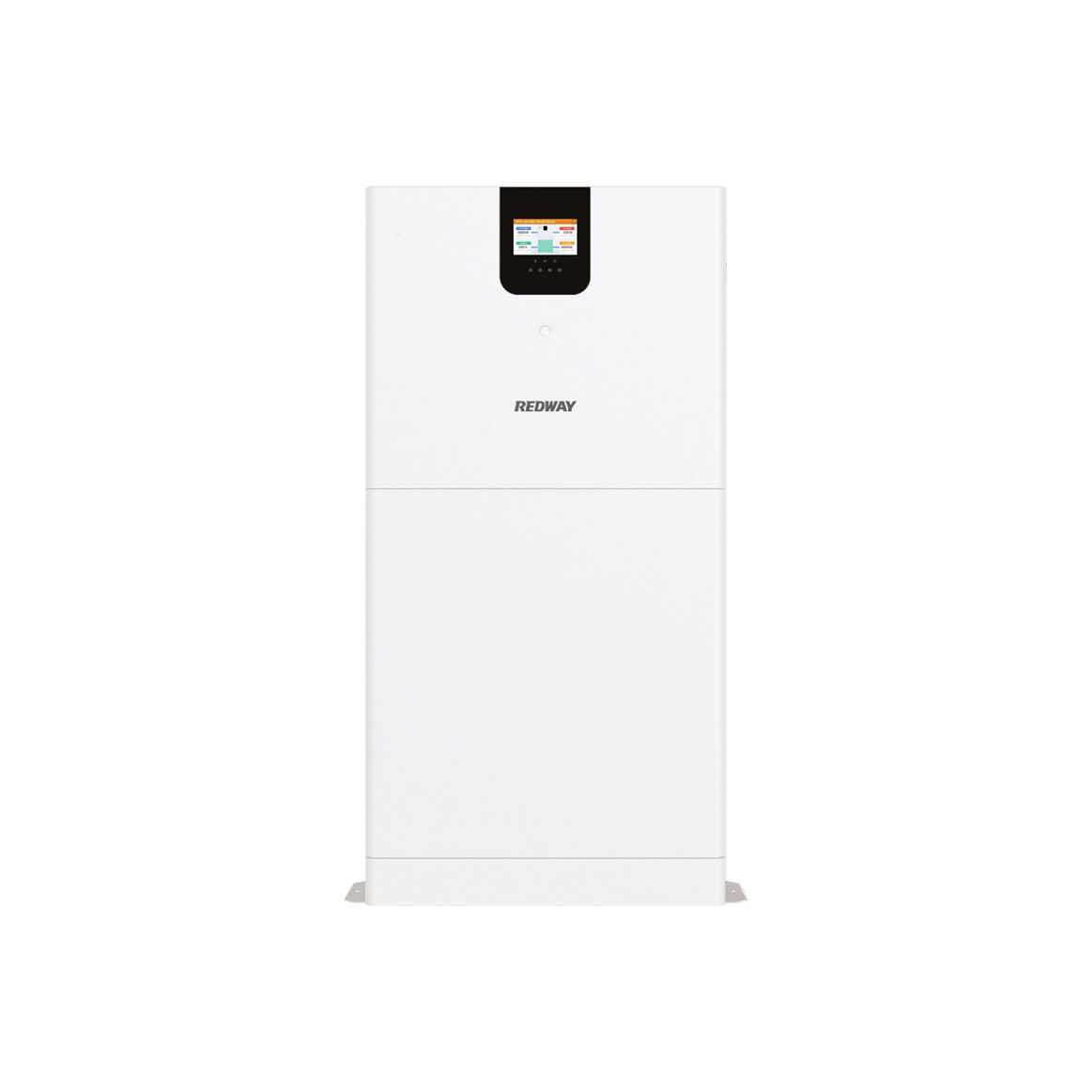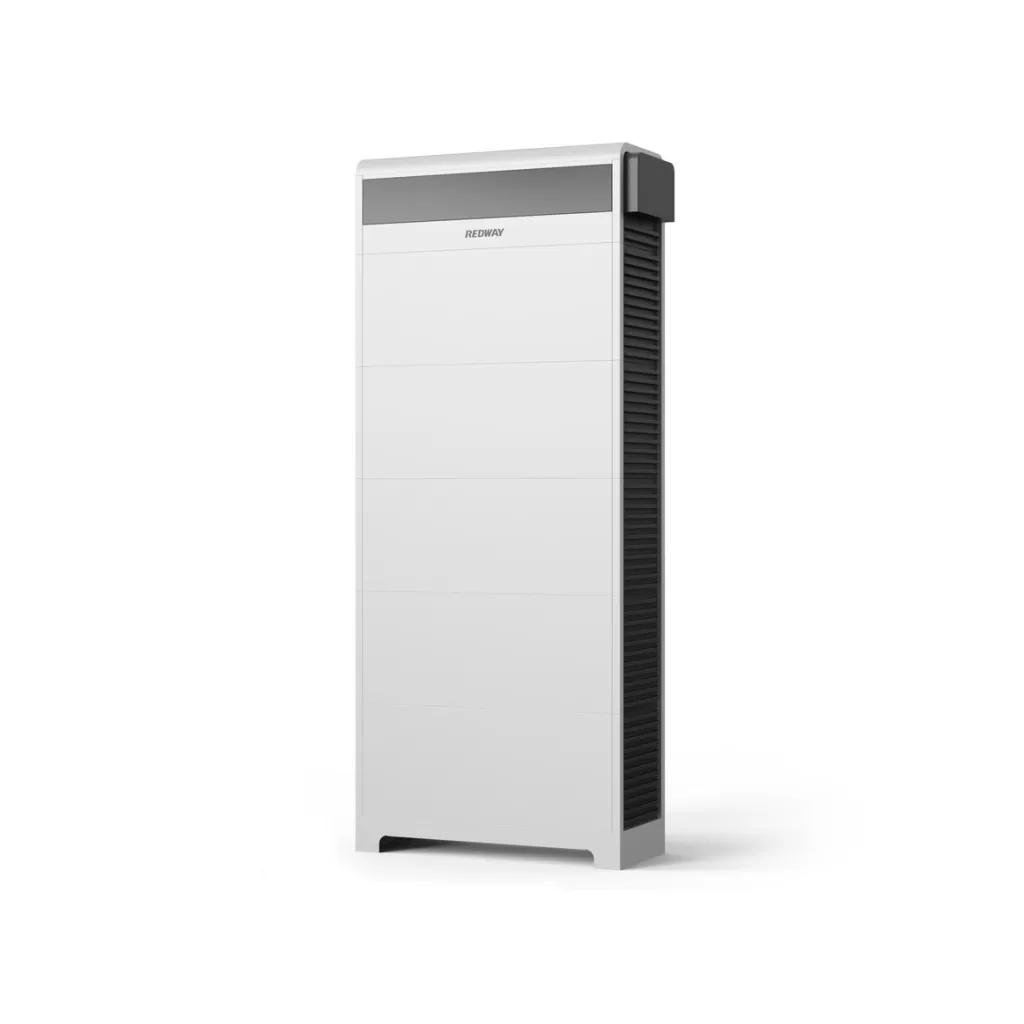ساهمت العديد من العوامل في شعبية تخزين الطاقة النيزكية للاستخدام السكني والتجاري والصناعي. أصبح تخزين الطاقة صناعة وخدمة. نتيجة للمخاوف المتزايدة باستمرار بشأن التأثير البيئي الكبير للوقود الأحفوري ، كانت هناك زيادة كبيرة في الاهتمام بتخزين الطاقة.
مع تاريخ يعود إلى أوائل أواخر القرن الثامن عشر ، شهدت البطاريات تغييرات كبيرة من حيث سعة التخزين والمواد والحجم والكفاءة والاستخدام. تشير التقديرات إلى أن البطاريات تهيمن على حوالي 81 في المائة من إجمالي سوق تخزين الكهرباء. لديك العديد من الخيارات عندما يتعلق الأمر بتخزين الطاقة المنزلية والتجارية. لديك أيضا العديد من الخيارات داخل حل البطارية إذا كنت تفكر في ذلك. بطاريات الرصاص الحمضية وبطاريات الليثيوم والحديد هما أكثر أنواع البطاريات المتاحة.
أساسيات بطاريات الرصاص الحمضية
Table of Contents
Toggleنظرا لقاعدة التصنيع الراسخة والتكلفة المنخفضة نسبيا ، لا تزال بطاريات الرصاص الحمضية قوة في أسواقنا لأكثر من 100 عام. هناك نوعان رئيسيان من بطاريات الرصاص الحمضية: بطاريات الرصاص الحمضية المغمورة (FLA) وبطاريات الرصاص الحمضية المختومة (SLA) / بطاريات الرصاص الحمضية المنظمة بالصمام (VRLA).
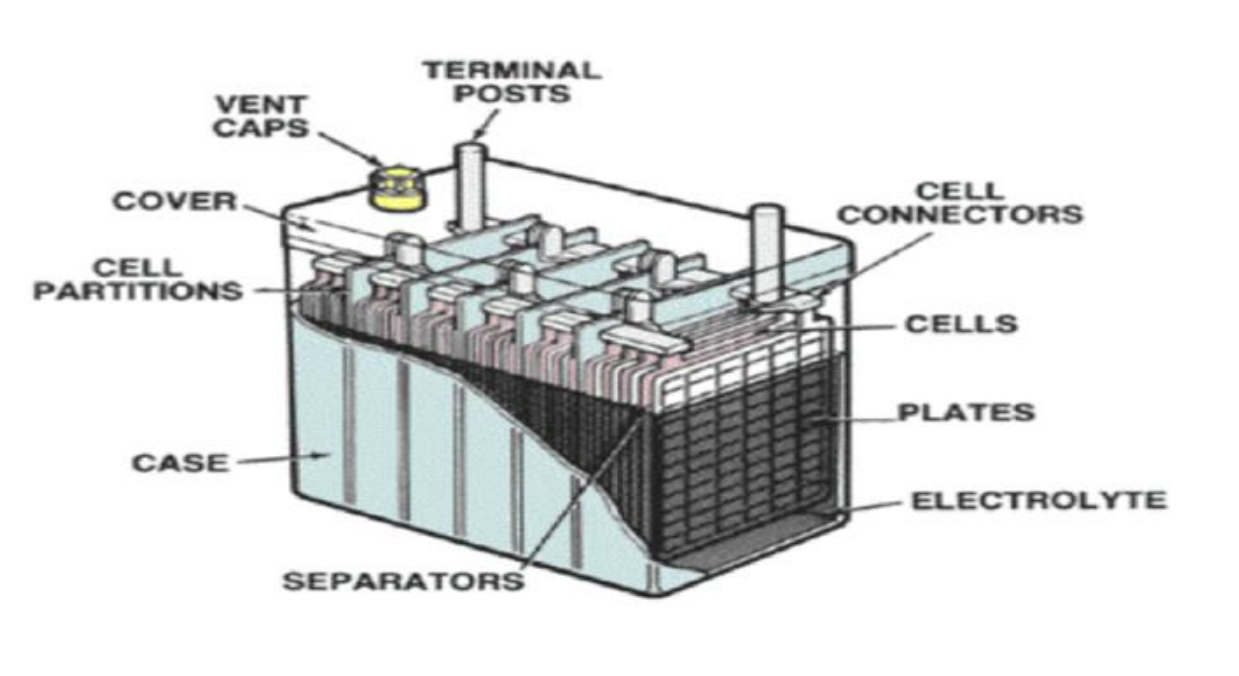
على عكس بطاريات SLA / VRLA ، تتطلب بطاريات FLA ثلاثة أشياء: الجلوس في وضع مستقيم لمنع تسرب المنحل بالكهرباء ، والتهوية للسماح للغازات بالانتشار بشكل مريح ، والحفاظ على المنحل بالكهرباء بانتظام. يتم أيضا غمر بطاريات FLA في الماء ، وبالتالي يتم غمر الألواح.
هناك نوعان من بطاريات SLA / VRLA: AGM (حصيرة زجاجية ماصة) وبطاريات هلام. تتطلب كلتا البطاريتين القليل من الصيانة ومقاومة للانسكاب ، على عكس بطاريات FLA.
بالمقارنة مع بطاريات AGM ، تميل بطاريات Gel إلى الحصول على معدلات شحن وقدرات إخراج أبطأ. لا يمكنها التعامل مع الكثير من التيار مثل بطاريات AGM ، لذا فهي تتطلب أوقات شحن أطول وتوفر طاقة أقل.
تحتوي بطارية الرصاص الحمضية على نوعين: بطارية “دورة عميقة” وبطارية “دورة ضحلة”. توفر بطارية الدورة الضحلة نبضات عالية الطاقة على مدى فترات قصيرة ، وبطاريات الدورة العميقة قادرة على العمل لعدة ساعات.
أساسيات بطاريات الليثيوم والحديد
بطاريات الليثيوم والحديد هي اختراعات جديدة نسبيا. في عام 1980 ، اخترع الفيزيائي جون جوديناف بطارية تستفيد من هجرة أيونات Li + من قطب كهربائي إلى آخر.
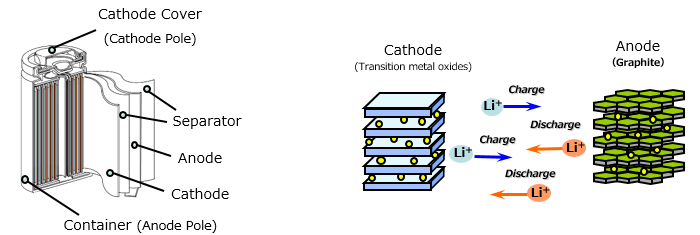
نظرا لوزنه الخفيف وخصائصه الكهروكيميائية الاستثنائية ، يتمتع الليثيوم بالقدرة على إنتاج جهد عالي في مساحات صغيرة نسبيا على الرغم من كونه أحد أخف العناصر في الجدول الدوري. على عكس بطاريات الرصاص الحمضية ، يمكن شحن خلايا الليثيوم والحديد وتفريغها بدرجات أعلى بكثير.
مقارنة بين بطاريات الرصاص الحمضية وبطاريات فوسفات الحديد الليثيوم
لسنوات ، سيطرت بطاريات الرصاص الحمضية على السوق بسبب تكاليفها المنخفضة وقاعدة التصنيع الراسخة ، لكن بطاريات الليثيوم والحديد اكتسبت شعبية هائلة في السنوات الأخيرة. في الواقع ، فإن النوعين الأكثر شيوعا من البطاريات المستخدمة في الأماكن التجارية والسكنية هما الآن حمض الرصاص وحديد الليثيوم.
هناك اختلافات واضحة بين بطاريات الرصاص الحمضية والليثيوم من حيث الكيمياء والتكلفة والأداء. انظر كيف تقارن هاتان التقنيتان.
DOD (عمق التفريغ)
يقيس عمق التفريغ مقدار الطاقة التي يمكن تصريفها بأمان من البطارية قبل الحاجة إلى إعادة شحنها. يشير إلى السعة الإجمالية التي يمكن استهلاكها بأمان قبل الحاجة إلى إعادة شحن البطارية.
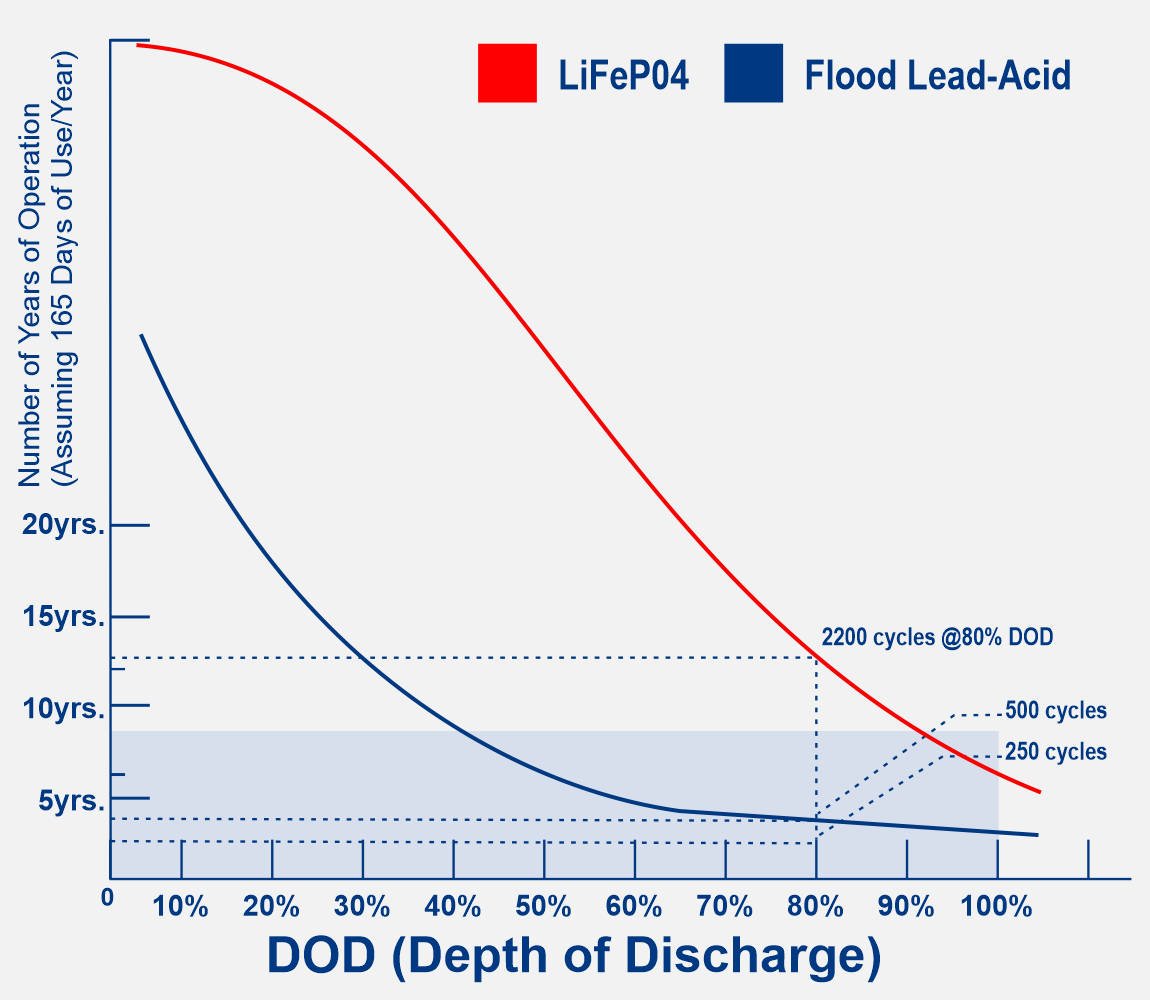
إذا واصلت استخدام بطارية الرصاص الحمضية بما يتجاوز 50 بالمائة ، فسيؤثر ذلك سلبا على عمرها وفعاليتها. يمكن تفريغ بطاريات الرصاص الحمضية بأمان حتى 50 بالمائة. عادة ما يكون لبطاريات الليثيوم والحديد عمق أعلى لقيمة التفريغ. يمكن تفريغها بنسبة 80 إلى 85 في المائة من قدرتها على الطاقة قبل الحاجة إلى إعادة شحنها.
إنه مثالي لاستخدام بطاريات فوسفات الحديد الليثيوم (LiFePO4) لتطبيقات الطاقة الشمسية. لا تتطلب الصيانة الروتينية التي تتطلبها بطاريات FLA ، ولا تتطلب بيئة جيدة التهوية مثل بطاريات FLA.
كفاءة
أحد العوامل المهمة التي يجب مراعاتها عند شراء بطارية هو كفاءتها. ستؤدي البطارية الأكثر كفاءة إلى تفريغ المزيد من الطاقة مقارنة بالمقدار الذي تستهلكه.
في حالة الألواح الشمسية ، تكون بطاريات الرصاص الحمضية فعالة بنسبة 80 إلى 85 بالمائة. لهذا السبب ، يتوفر فقط 800 إلى 850 واط من الطاقة الشمسية للاستخدام لكل 1000 واط تمتصها البطاريات. قارن هذا ببطاريات الليثيوم والحديد ، التي تتمتع بتصنيف كفاءة يزيد عن 95 بالمائة. سيكون لديك أكثر من 950 واط من الطاقة المتاحة لك لكل 1000 واط من الطاقة.
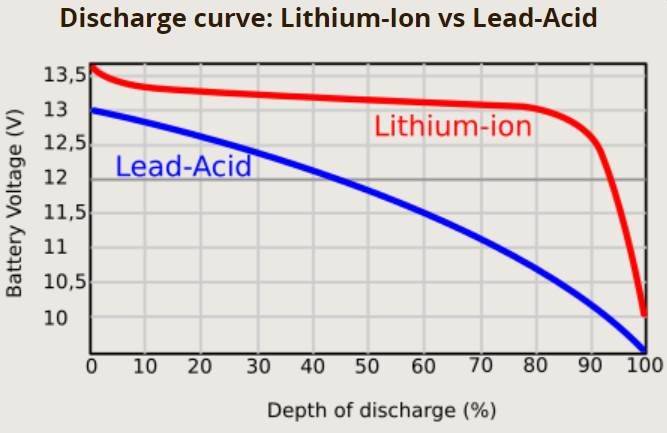
As a result of more efficient batteries, you will also be able to use fewer solar panels, a smaller backup generator, and lower capacity batteries.
RATE OF CHARGE
In addition, batteries with higher efficiency ratings can be charged faster than those with lower efficiency ratings. As a result, they can handle more current from the charger because they are designed to handle more amperage. In addition to having a higher rate of charge, lithium-iron batteries have higher efficiency ratings.
For example, a 500 Ah battery receives 100 amps of charging in five hours because the rate of charge is expressed as a fraction of the amp hour.
It is common for lead-acid batteries to overheat when charged with a high-amperage charger because they have a relatively limited current capacity. Charging current of Lead acid battery (Right Figure) compared to the LifePO4 battery (Left Figure) can be observed below:
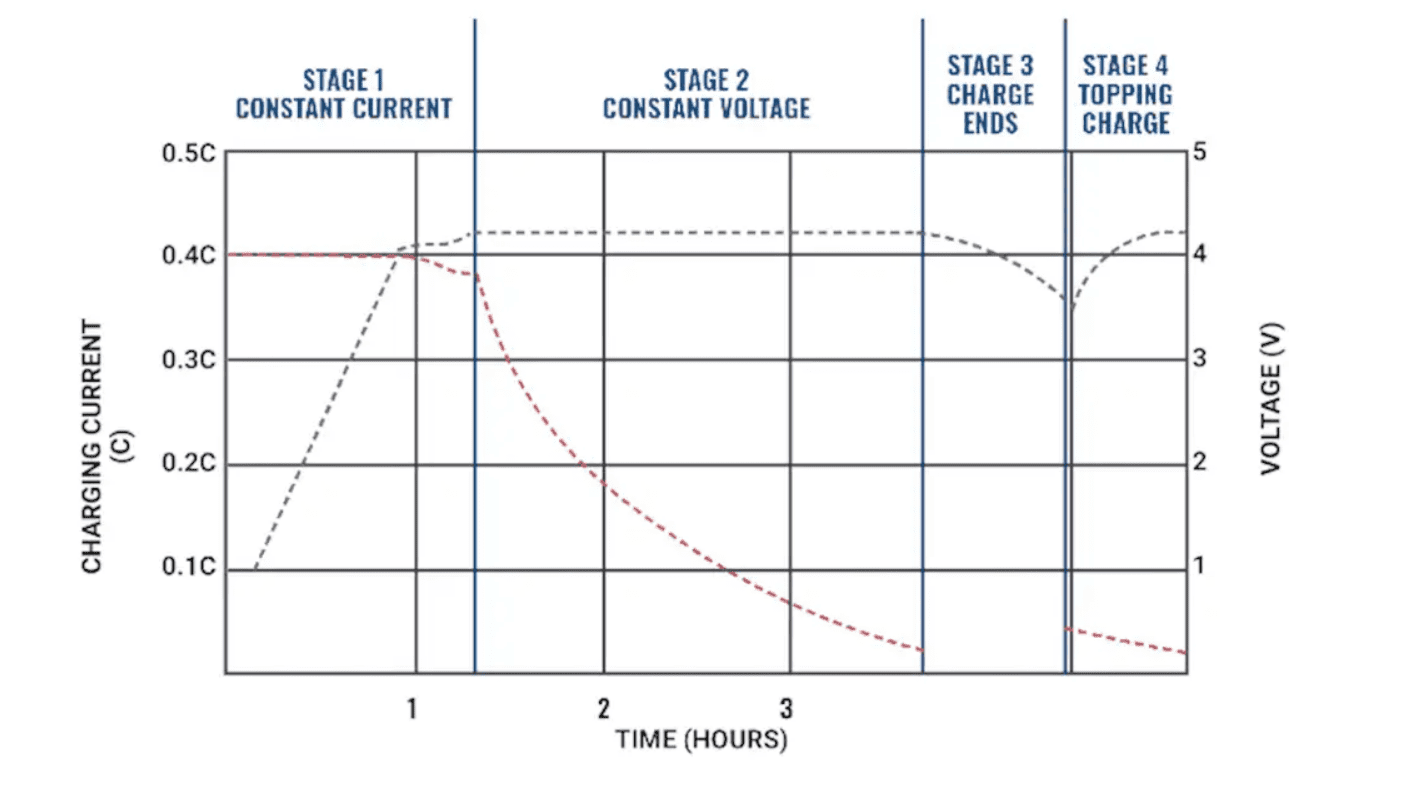
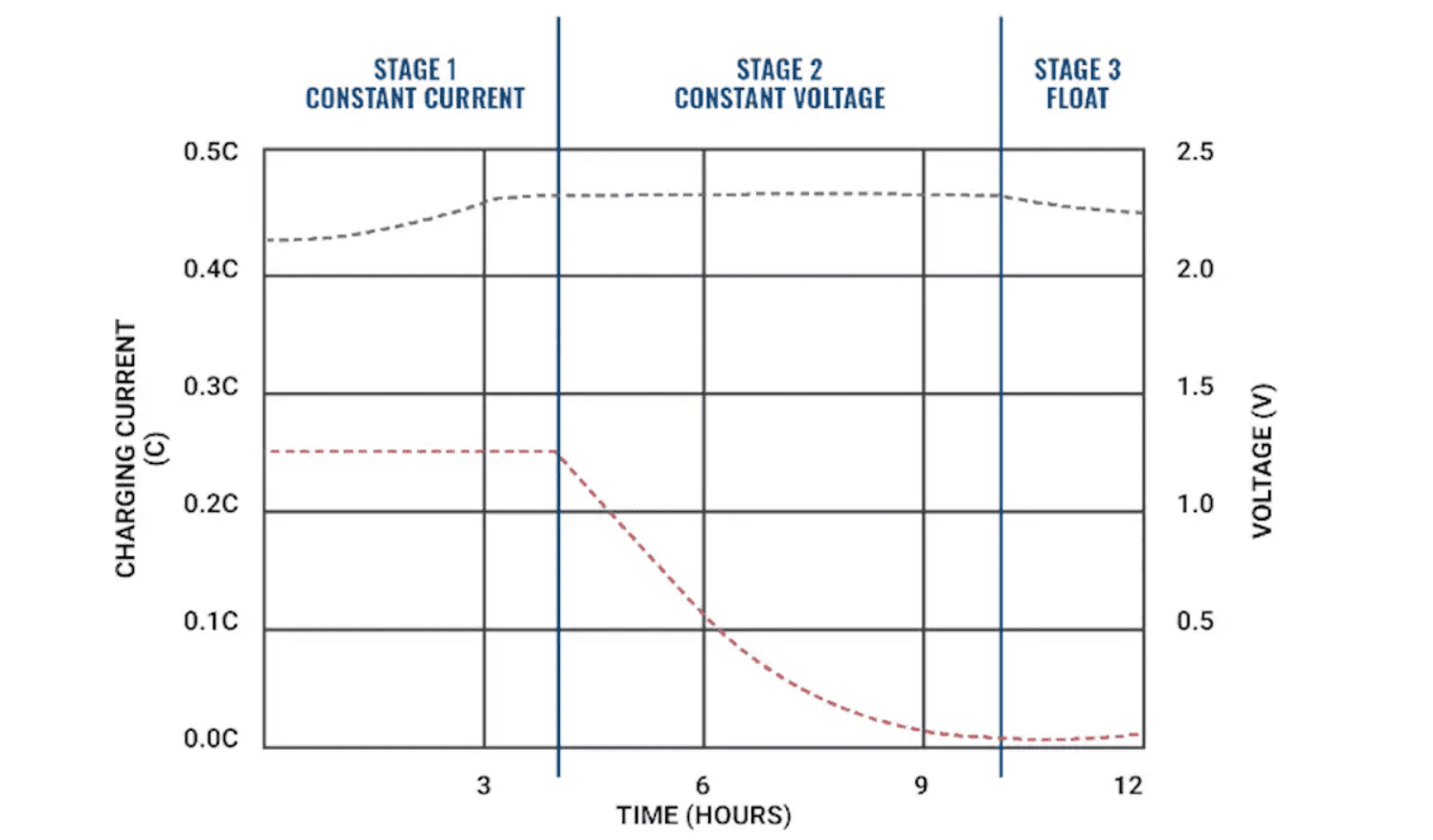
CAPACITY OR ENERGY DENSITY
Generally, battery capacities are measured by the amount of energy they can store (and discharge) within a given physical space. Manufacturers and models vary in their capacity values.
The energy density of lithium-iron batteries tends to be higher than that of lead-acid batteries. In other words, they can store more energy for the same size. However, they are usually larger and more difficult to install than lead-acid batteries.
In reality, the trade off isn’t much, given that you will need more lead-acid batteries to accomplish the same task as fewer lithium-iron setups. The same amount of power can be provided by eight lead-acid batteries to power a 5.13 kW system, but only by two lithium-iron batteries. If you have high energy requirements, lithium-iron battery systems can also be used in smaller and tighter spaces.
COST
Compared to lithium-iron batteries, lead-acid batteries are more affordable in terms of upfront and installation costs. It is typically several hundreds—sometimes thousands—of dollars cheaper to install a lead-acid battery system than a standard lithium-iron setup of the same size. The cost depends on the size of the battery and the installation process.
Despite the fact that lead-acid batteries may seem more affordable, lithium-iron batteries have a longer lifecycle and are more effective. Considering that you won’t have to replace a lithium-iron battery as soon as you would a lead-acid battery, they aren’t exactly more expensive.
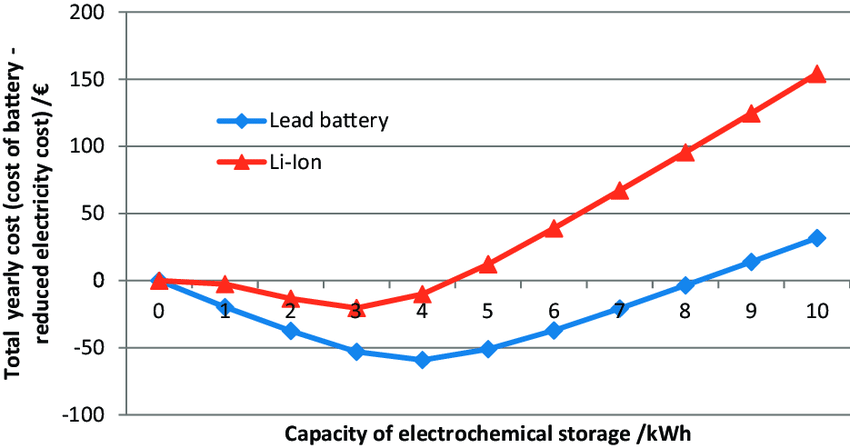
LIFESPAN
All batteries depreciate over time and lose effectiveness. A battery’s lifespan depends on how many charge cycles it can undergo. One charge cycle begins when it is used and ends when it is charged again. It is estimated that a battery will last for a certain number of charge cycles before it will expire.
The life cycle of lead-acid batteries varies widely, ranging from 200 charge cycles in a year to 100 charge cycles in five years. However, lithium-iron batteries usually last longer than lead-acid batteries.
SAFETY OF USE
It is generally safe to use both lead-acid and lithium-iron batteries indoors. Both are designed to provide an environmentally friendly and safer alternative to power generators. But there are always safety risks associated with any device or appliance. Neither type of battery is immune to cell overheating, leading to electrolyte leaks and flame emissions.
A lithium-iron battery is more prone to overheating due to its higher energy density, i.e. the ability to store more energy in a smaller volume. A majority of quality manufacturers include built-in circuit breakers to stop charging current when the voltage is maxed out, if overheating occurs, or if excessive internal pressure builds up.
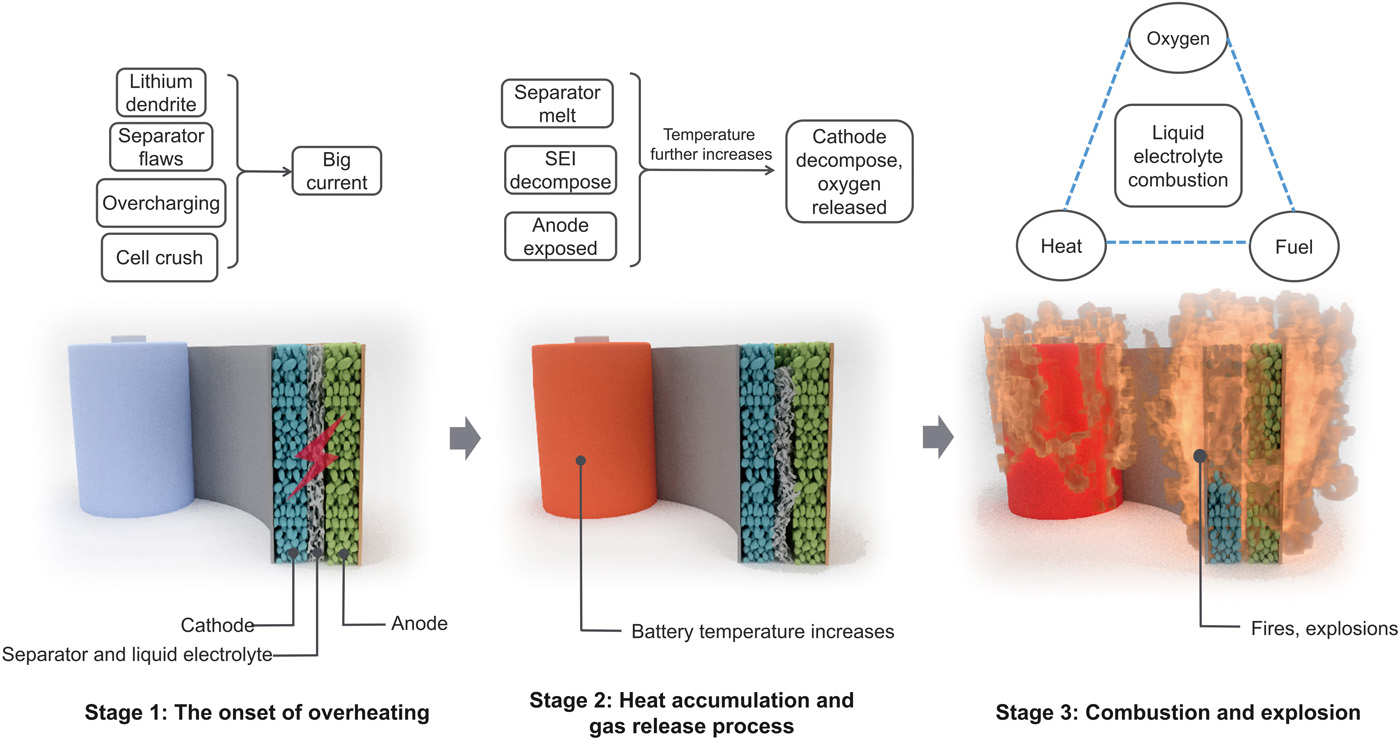
ENVIRONMENTAL IMPACT
Compared to lithium-iron batteries, lead-acid batteries are significantly less environmentally friendly. The reason for this is that they require a lot more raw material to store the same amount of energy. As a result, mining raw materials has a far greater impact on the environment. Furthermore, the lead processing industry consumes a significant amount of energy, which in turn results in high levels of pollution. In spite of the fact that lead is an extremely hazardous chemical compound, the manufacturing process and packaging methods minimize the associated risks.
However, lithium-iron batteries have a much lower carbon footprint than lead-acid and nickel-cadmium batteries, despite being mined. They are also more environmentally friendly than lead-acid and nickel-cadmium batteries. Heavy metals such as mercury, lead, and cadmium have been used in battery manufacturing for many decades, resulting in considerable environmental damage. Inefficient and improper disposal has led to significant environmental damage in the past few decades. Considering their high recyclability and recoverability, lithium-iron batteries are considered eco-friendly.
LEAD-ACID VS LITHIUM-IRON BATTERIES: WHEN TO USE EACH?
Lead-acid batteries and lithium-iron batteries are both effective, efficient, and cost-effective alternatives to conventional gasoline generators for battery backup at home, at your store, or at your workplace. Since lithium-iron technology offers a number of advantages, including longer life, greater efficiency, less environmental impact, greater safety, higher energy density, faster charging rates, and greater depth of discharge, it makes more sense to choose it for your energy storage needs.
A lead-acid battery is, however, a better option if the upfront and installation costs are a deal breaker for you. Further, lead-acid batteries are a good choice for off-grid solar installations where usage frequency is low. Since you won’t be using a lead-acid battery very often, it is advisable to use it as a backup power source on an RV or boat. Moreover, lower usage rates prevent the drawbacks associated with lead-acid technology, such as shorter lifespans.
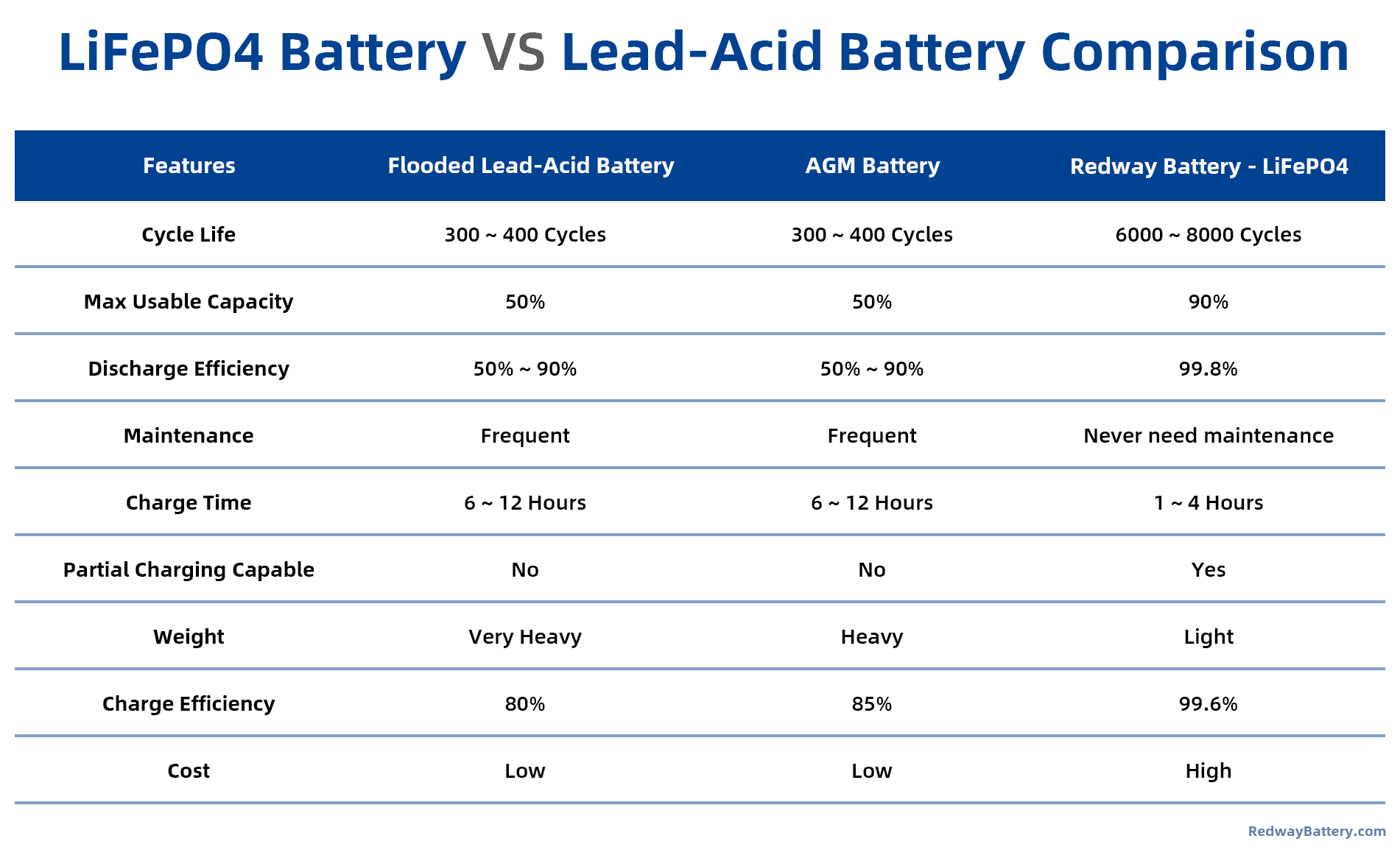
FINAL COMMENTS
For both homeowners and business owners, lithium-iron batteries offer a number of benefits. Despite being one of the newer battery technologies in this age-old market, lithium-iron has proven to hold its own when it comes to efficiency, energy storage capacity, performance, durability, resilience, and cost-effectiveness.
Meanwhile, lead-acid batteries are a staple in the energy storage landscape around the world and have been around for longer. For consumers that aren’t looking for a heavy-duty option, they are a more affordable option that offers a lot of benefits.
Before settling on one, it is crucial to carefully assess your needs and intended use to make an informed decision. By switching from a hazardous backup solution like a gasoline generator, you will benefit regardless of which type of battery you use.
Contact the experts at REDWAY POWER if you’re considering high-quality lithium-iron batteries for your home. As an industry leader in lithium batteries, we specialize in innovative energy storage solutions.
Related Posts
- يمكن أن يؤدي تسرب البطاريات إلى مقدمة الحريق وأسبابه
- يشعر السكان بالارتياح بعد إزالة بطاريات الليثيوم أيون المنبعثة من الأبخرة من وارويك
- يستفيد نظام بطارية الرف من أنظمة تخزين الطاقة التقليدية
- يحتفل مهرجان Hola México السينمائي بالذكرى الخامسة عشرة لتأسيسه بتشكيلة ممتازة
- يجب معرفة المزيد حول بطارية LiFePO4 – المقدمة والمعنى
- وحدة بطارية الليثيوم LV5150-3U لبطارية الرف من بطارية Redway
